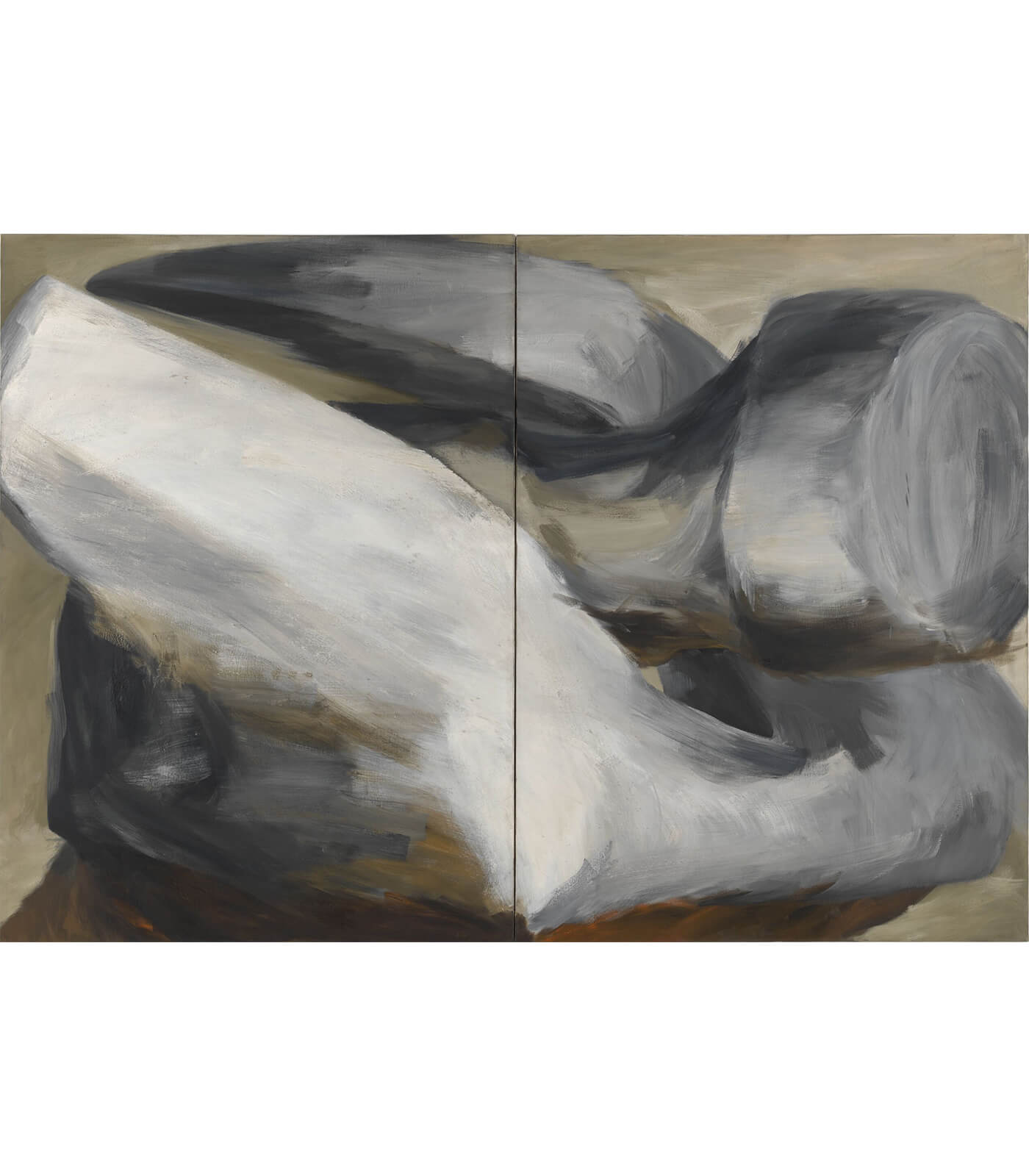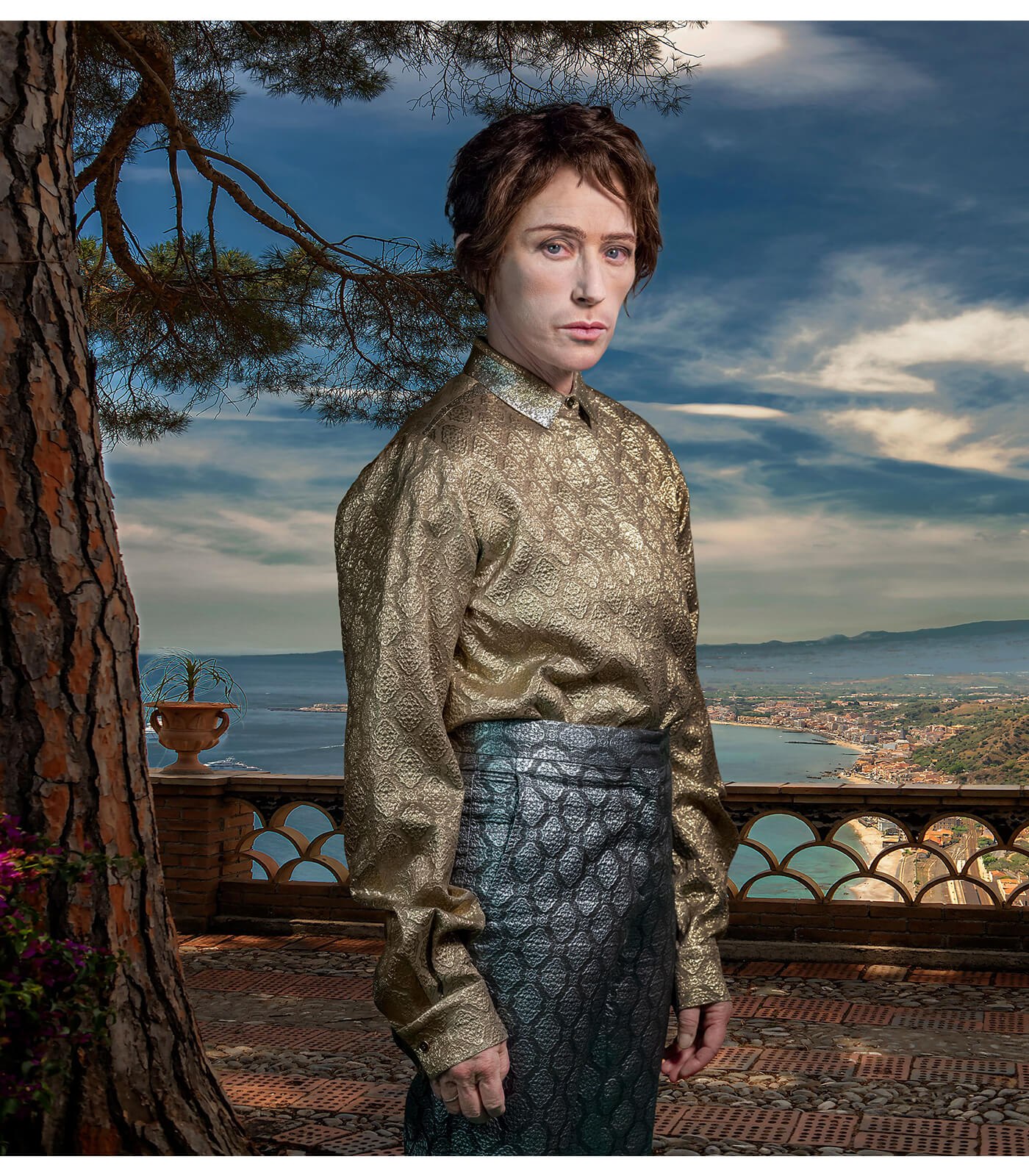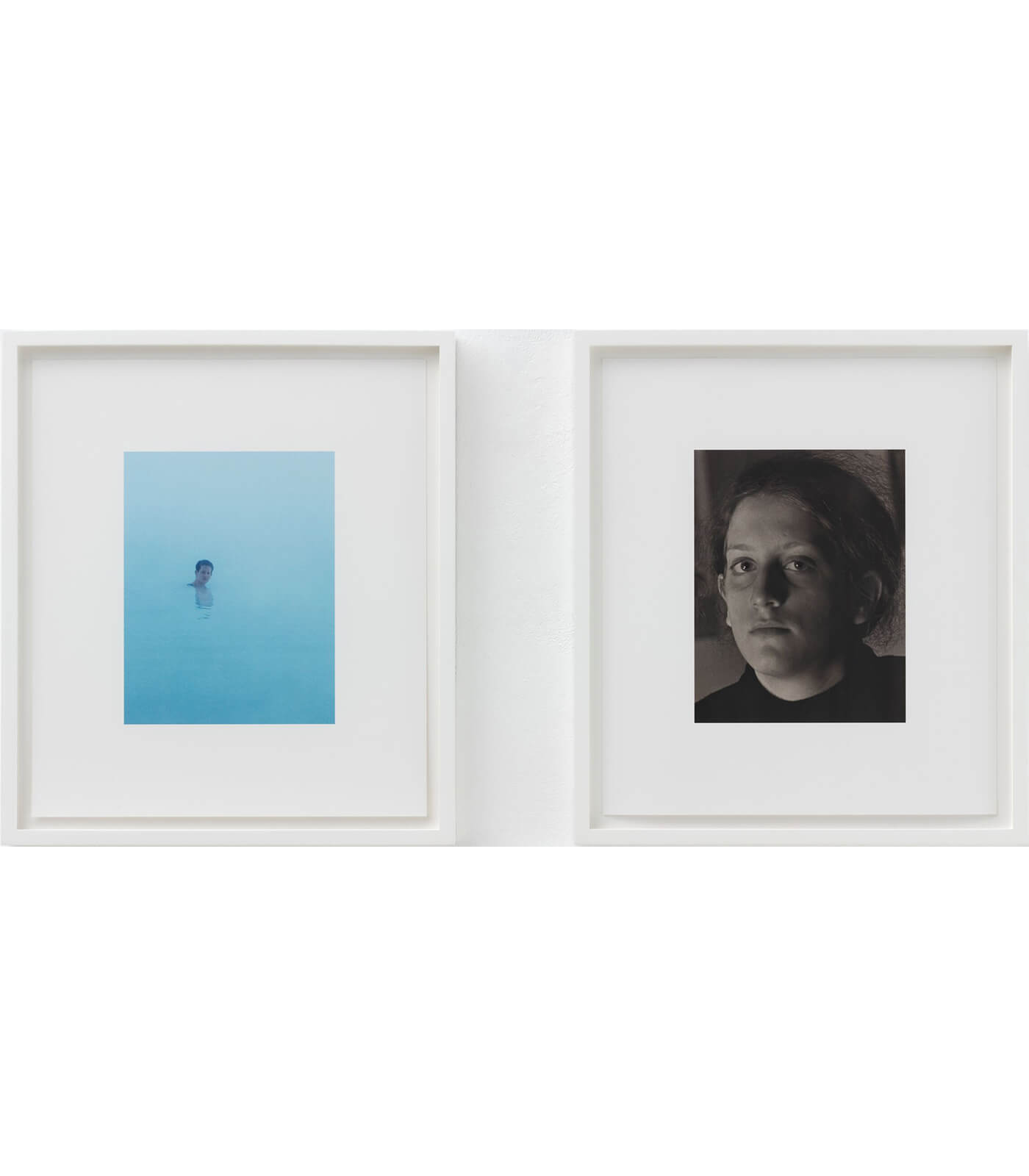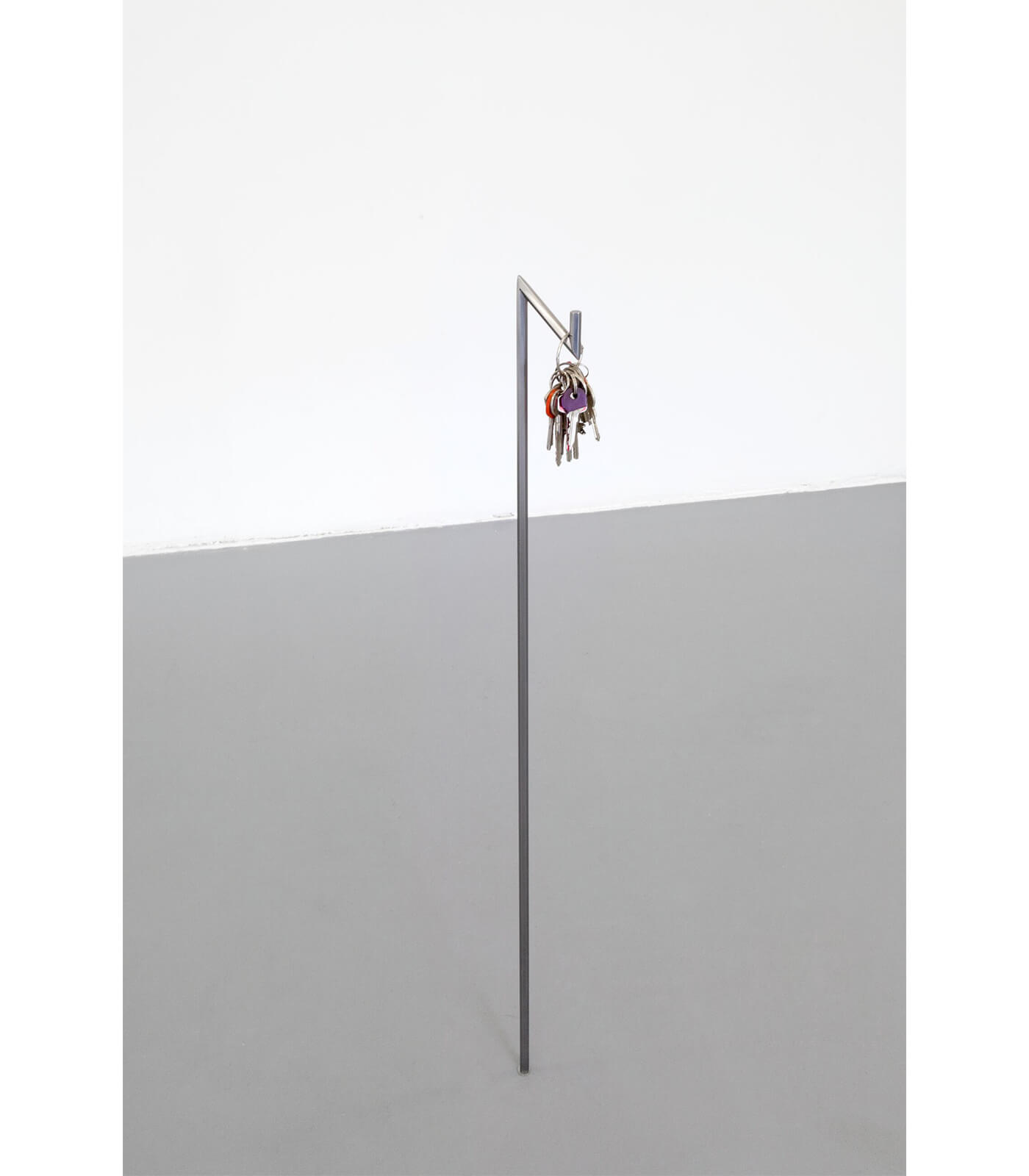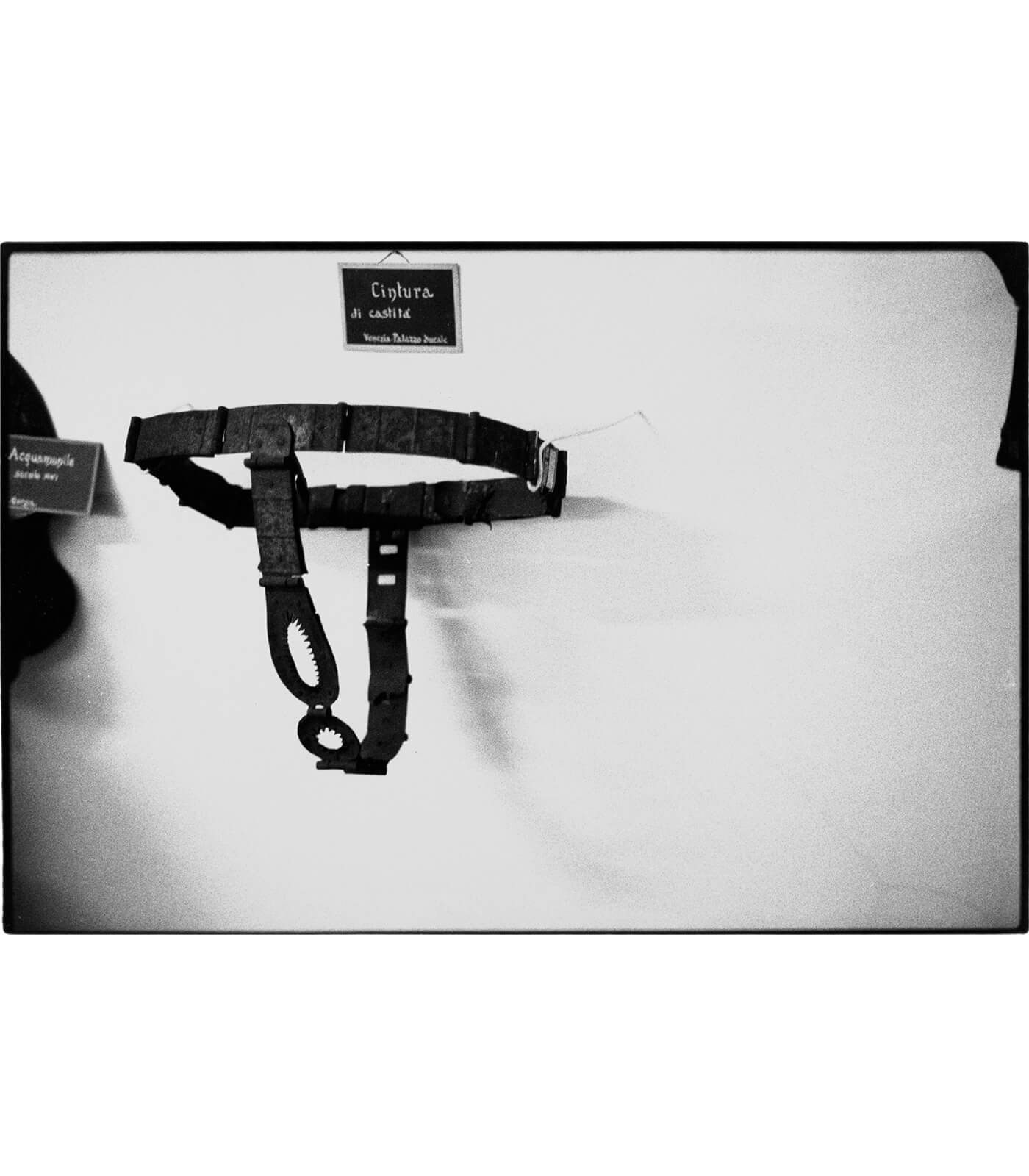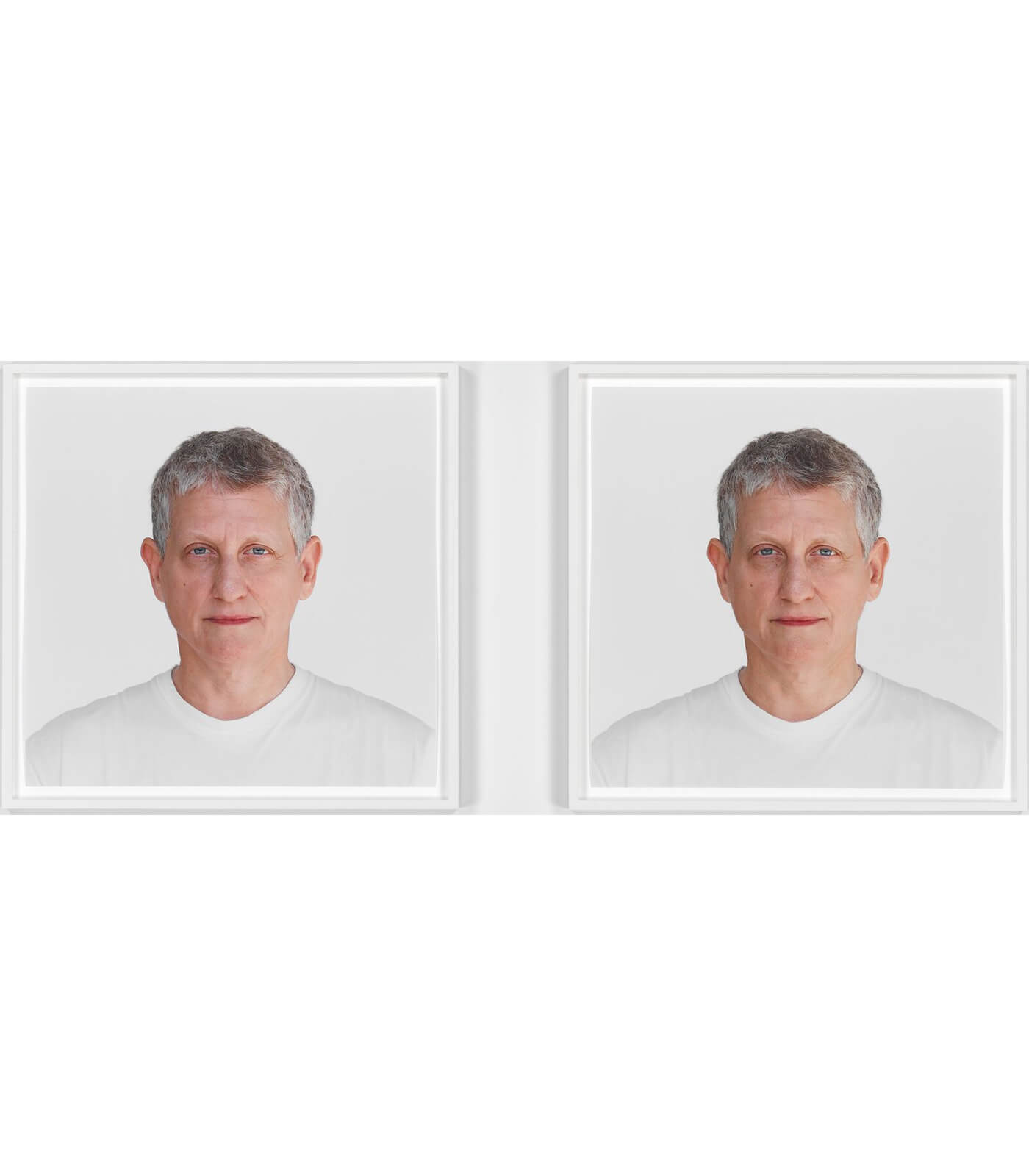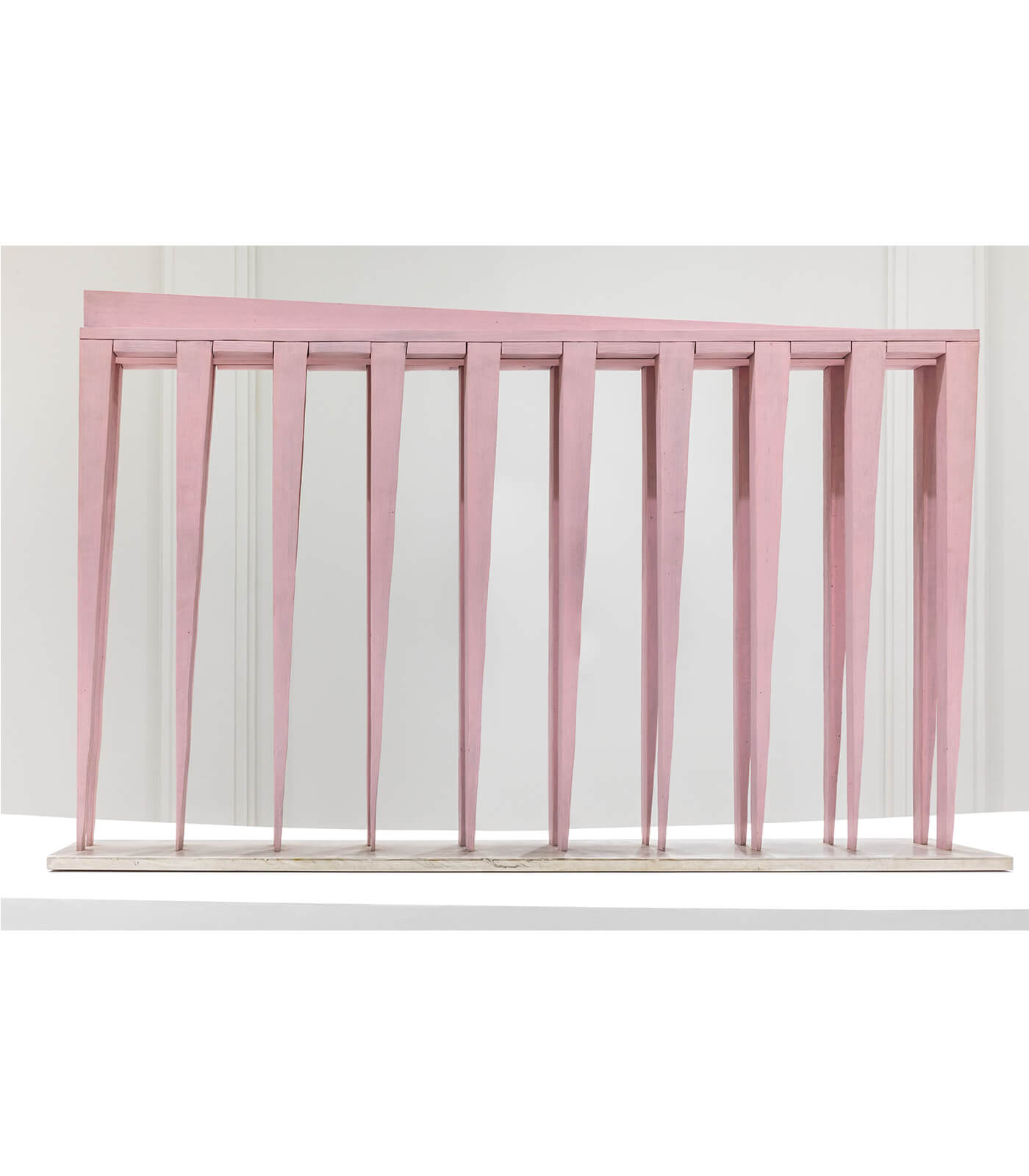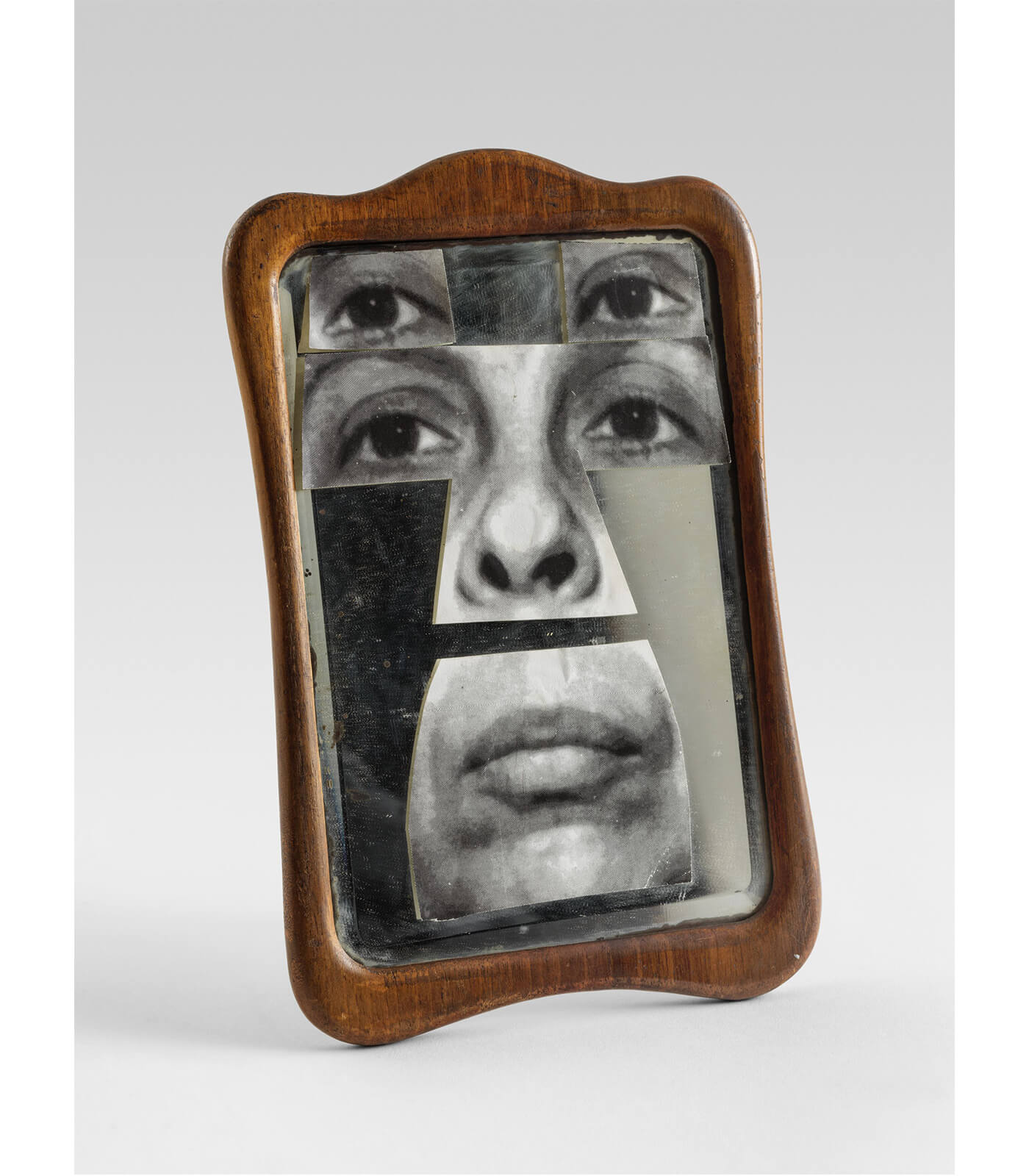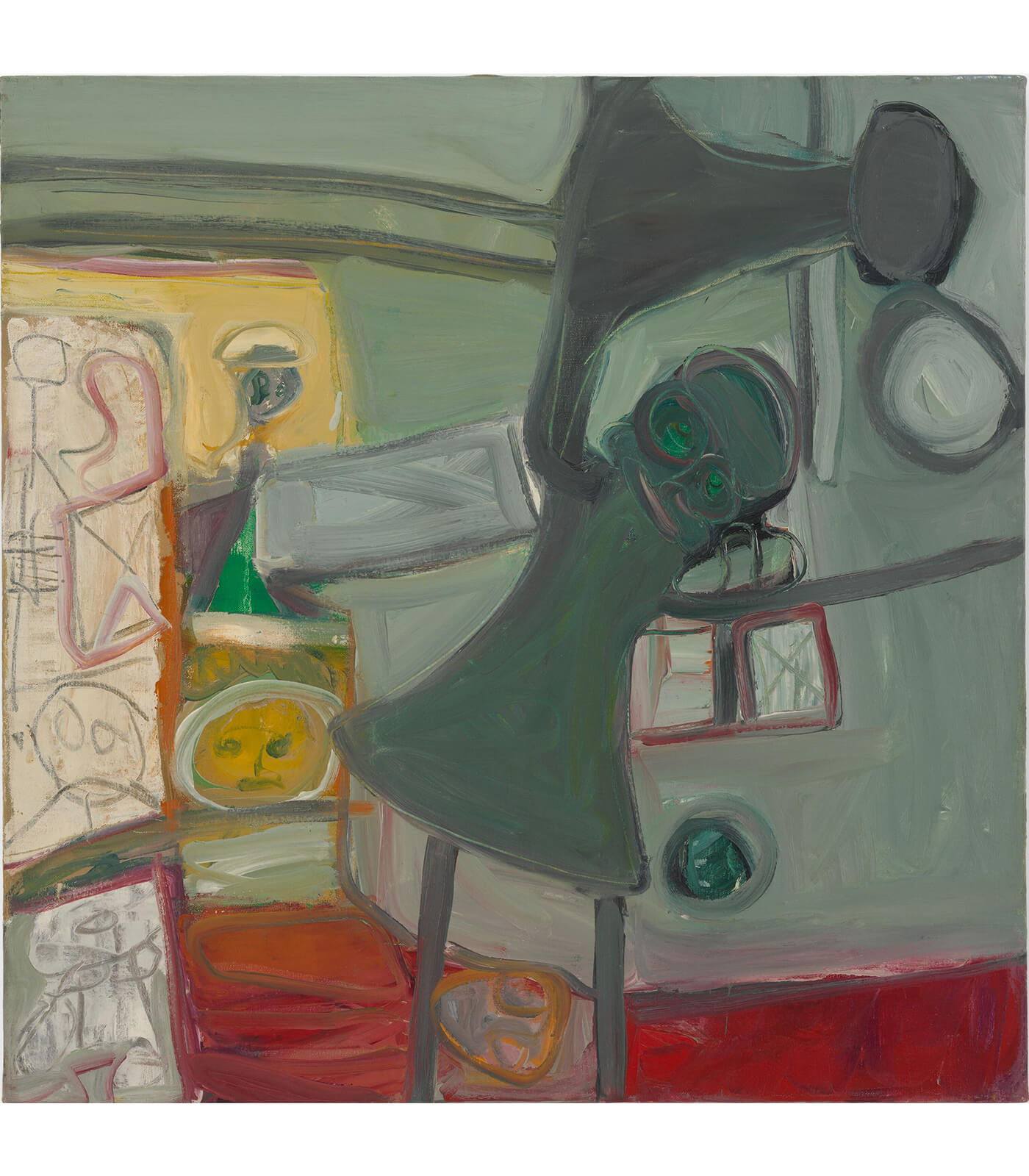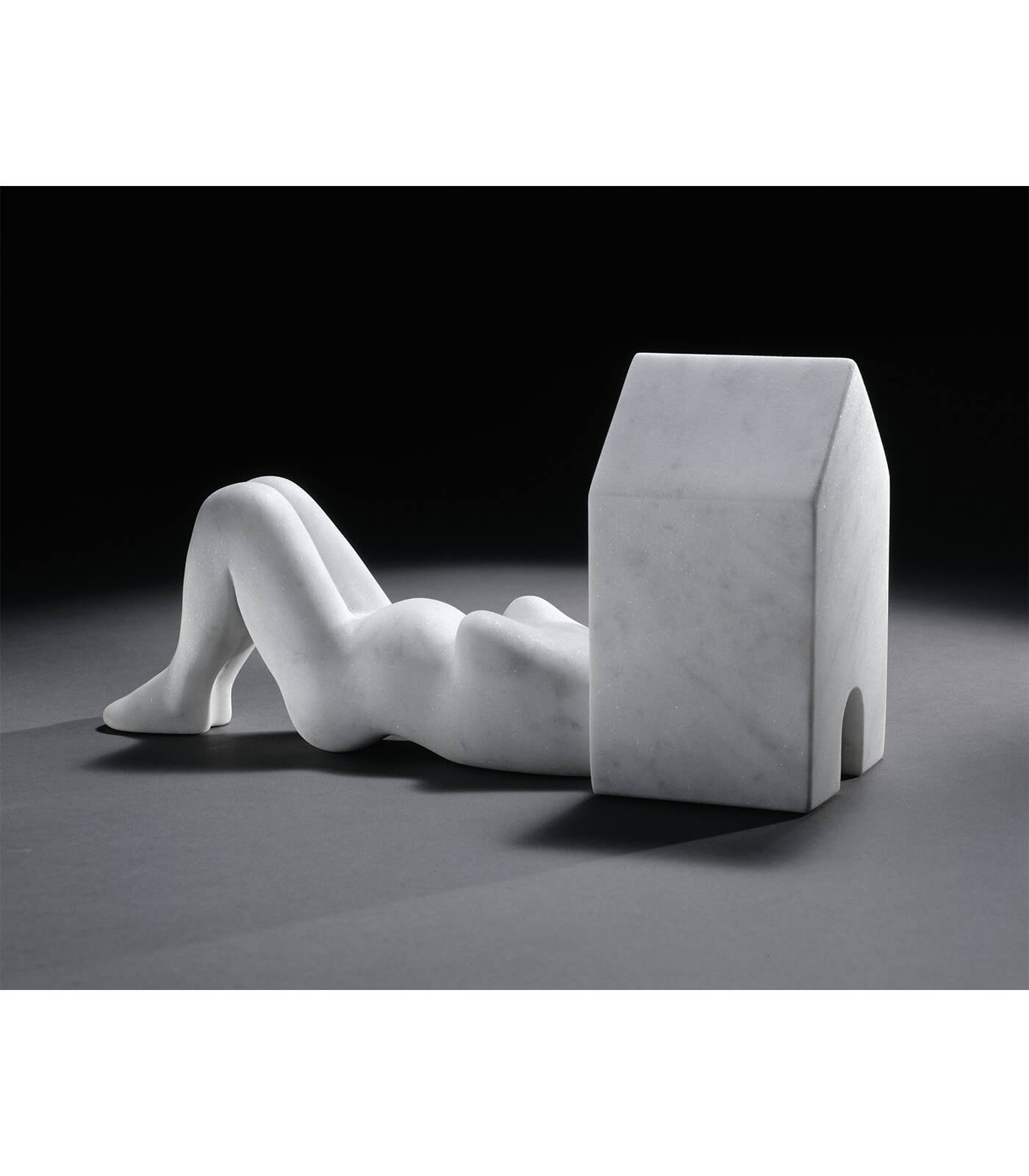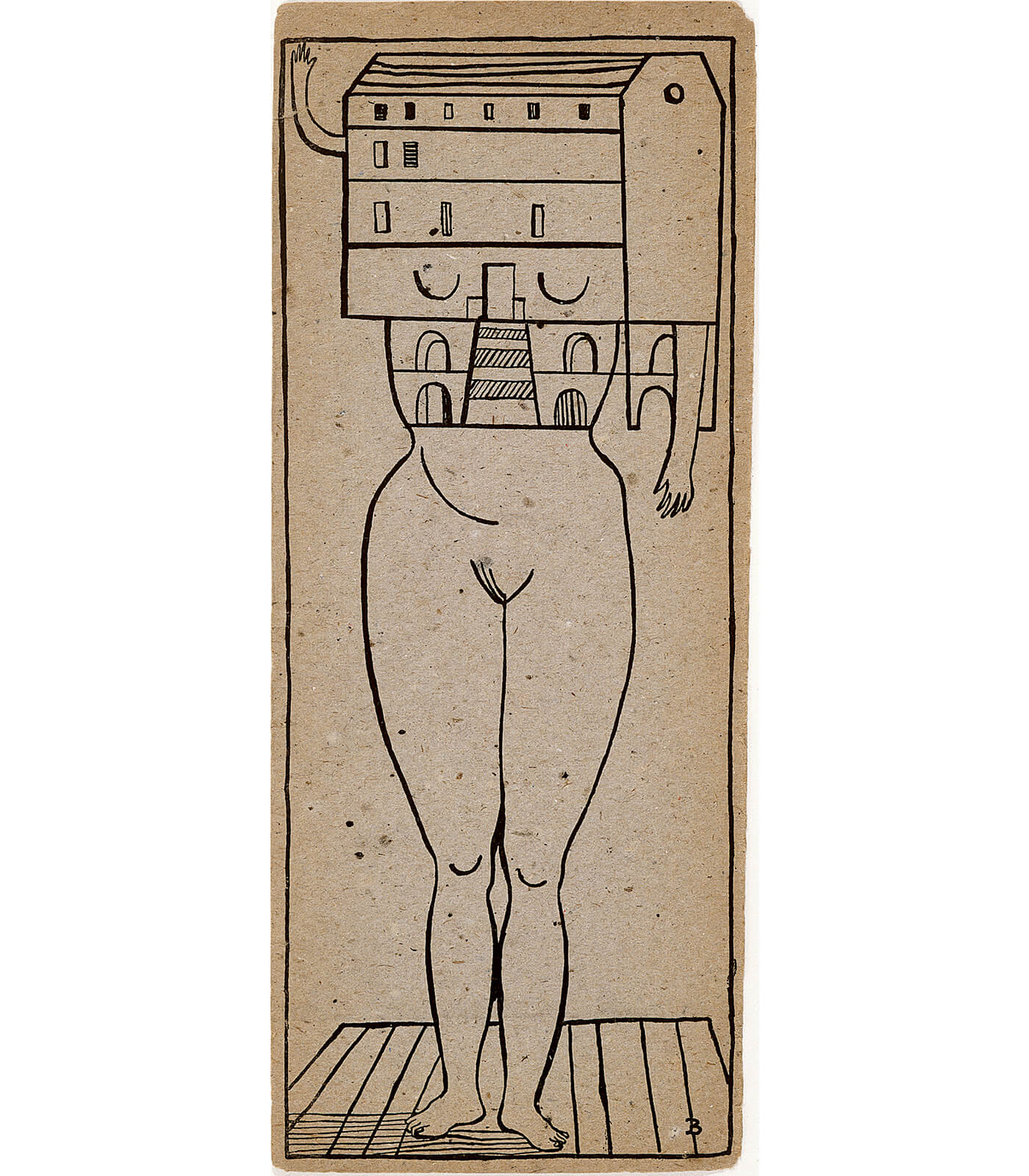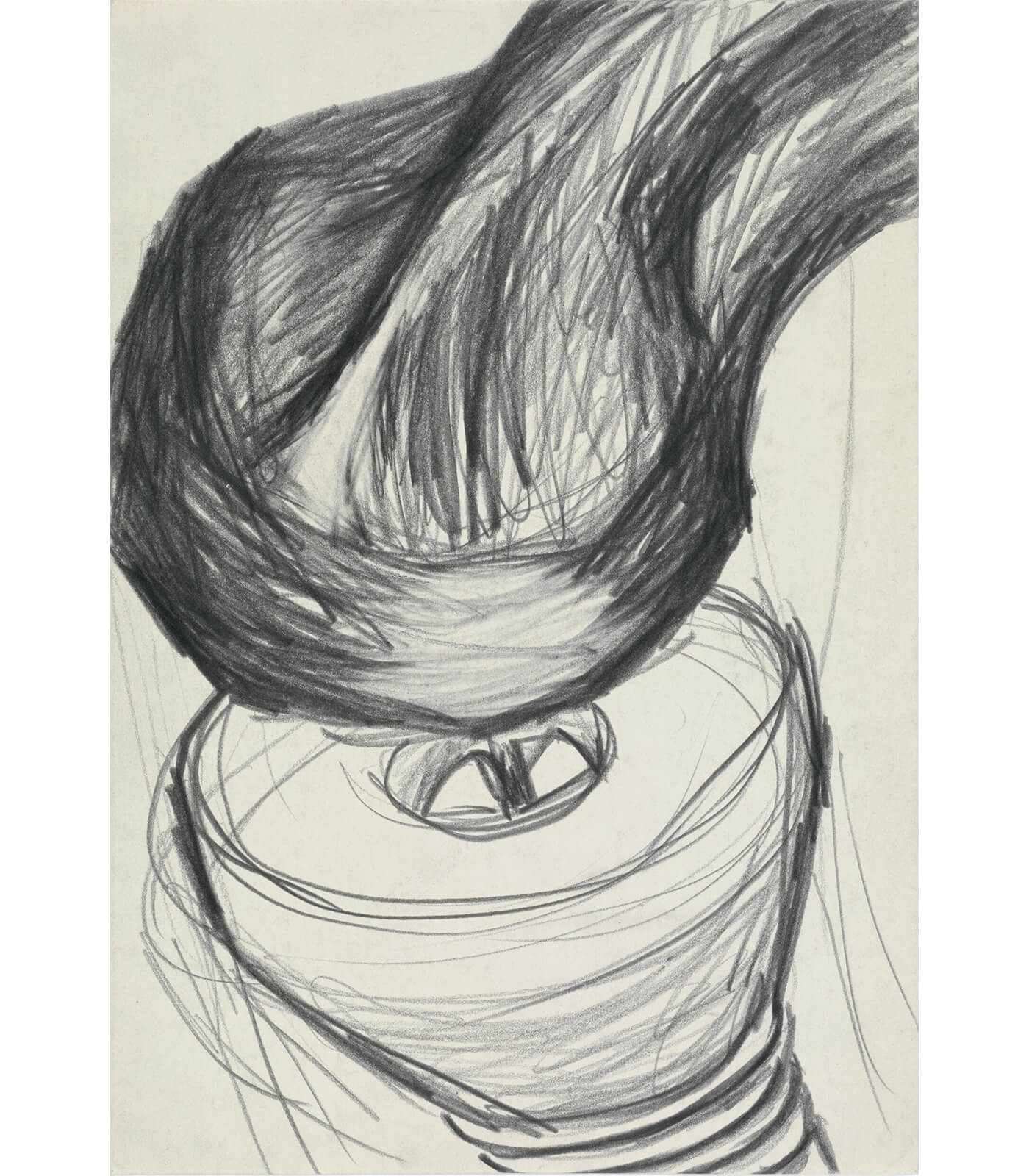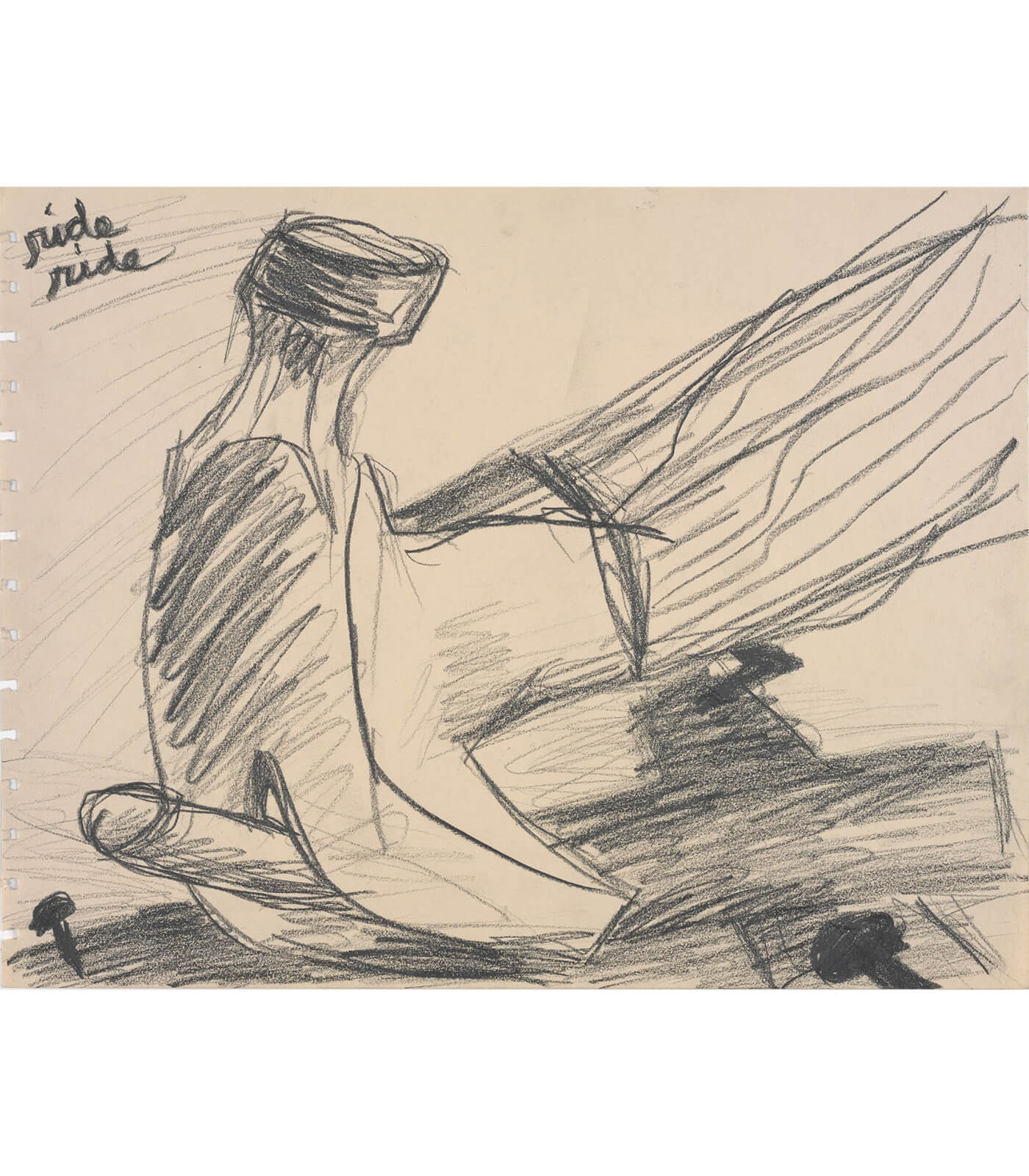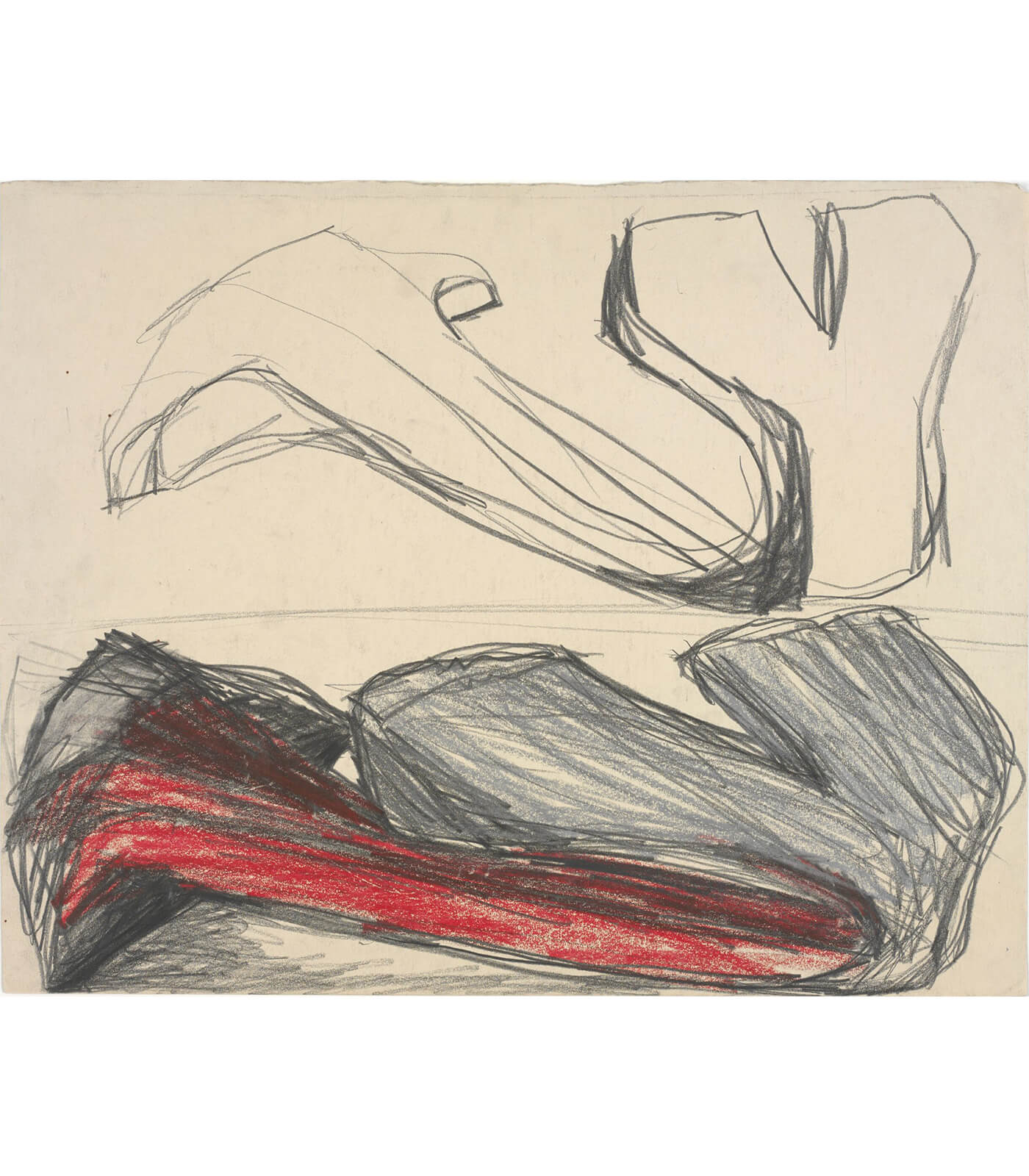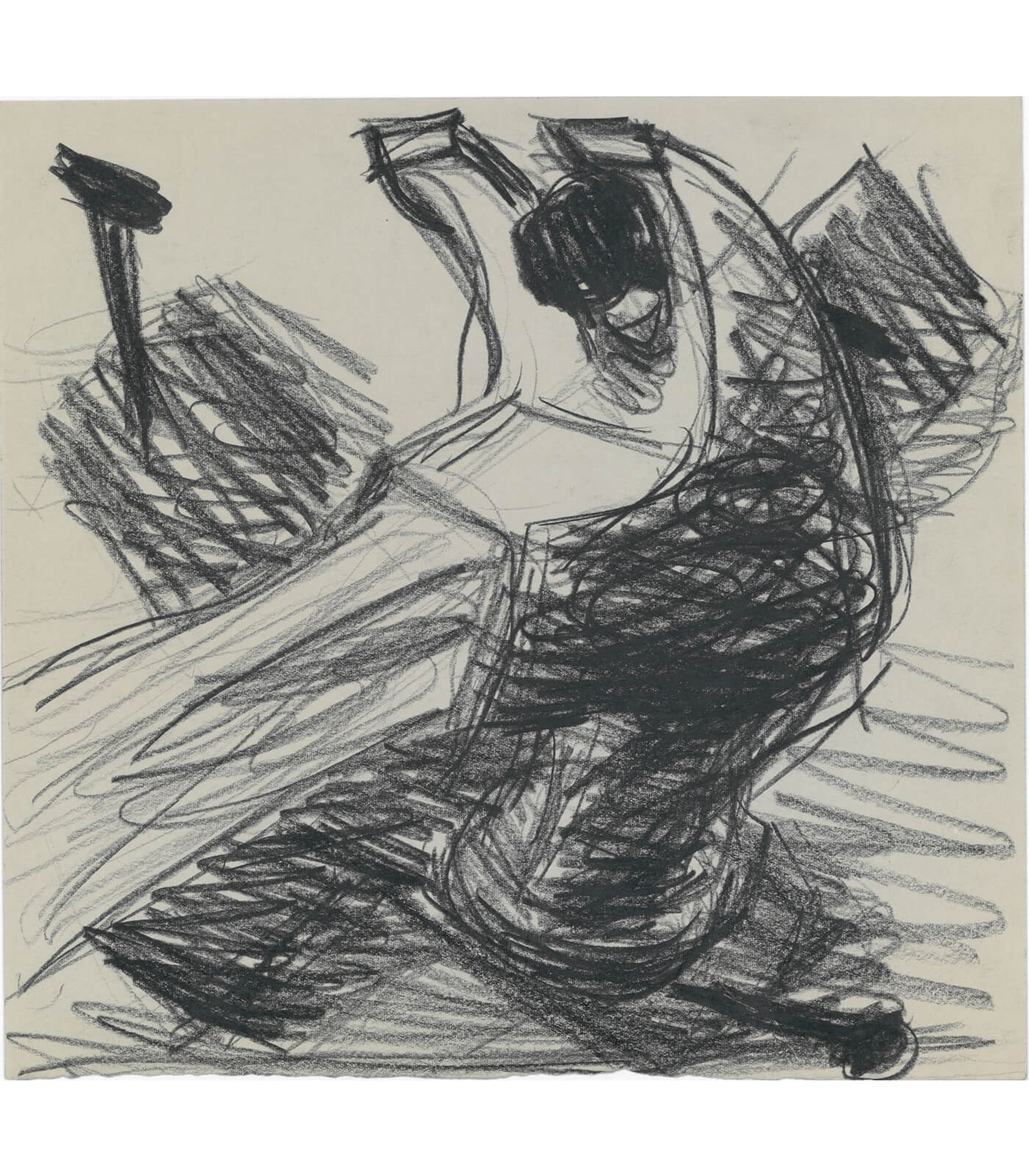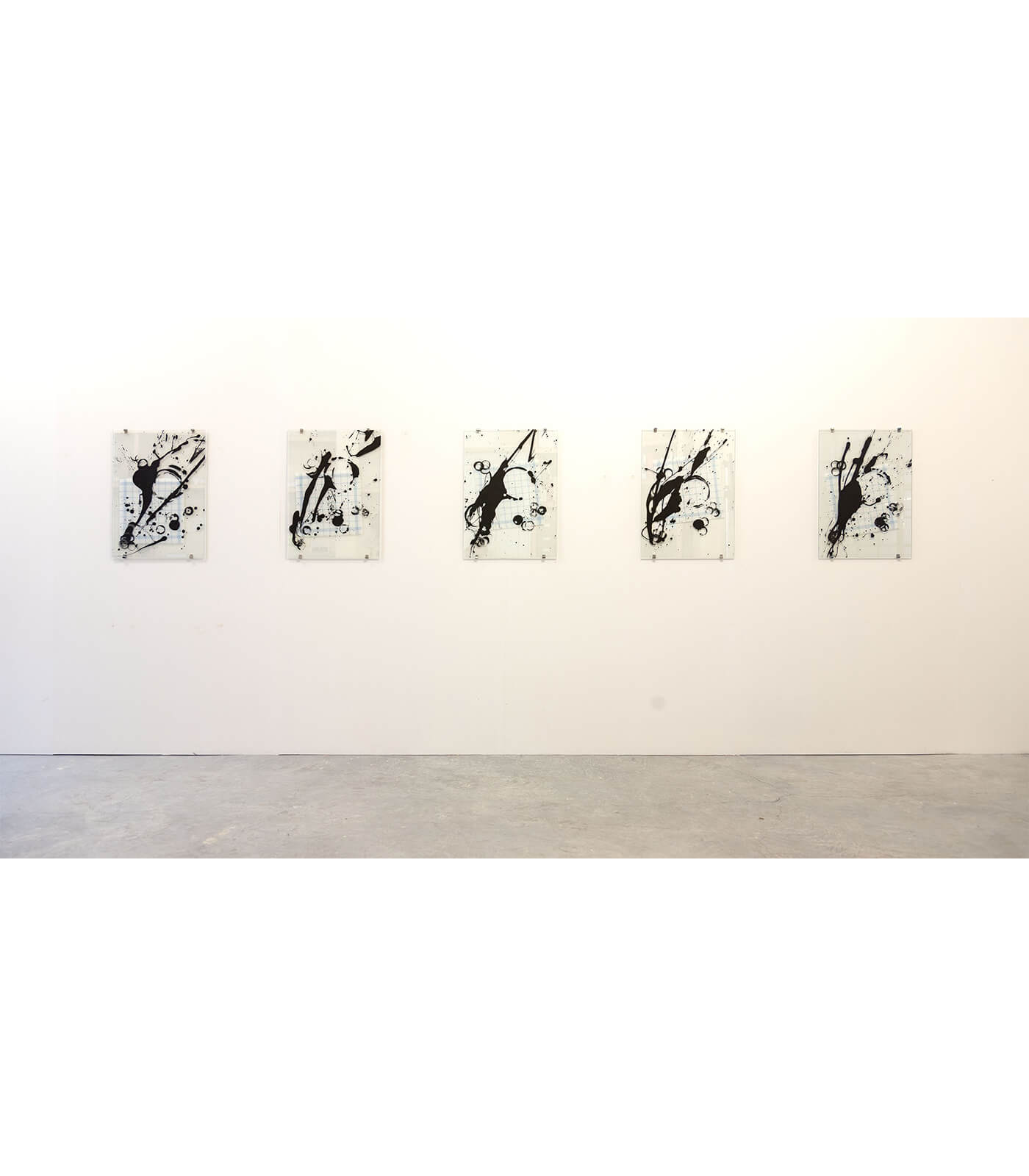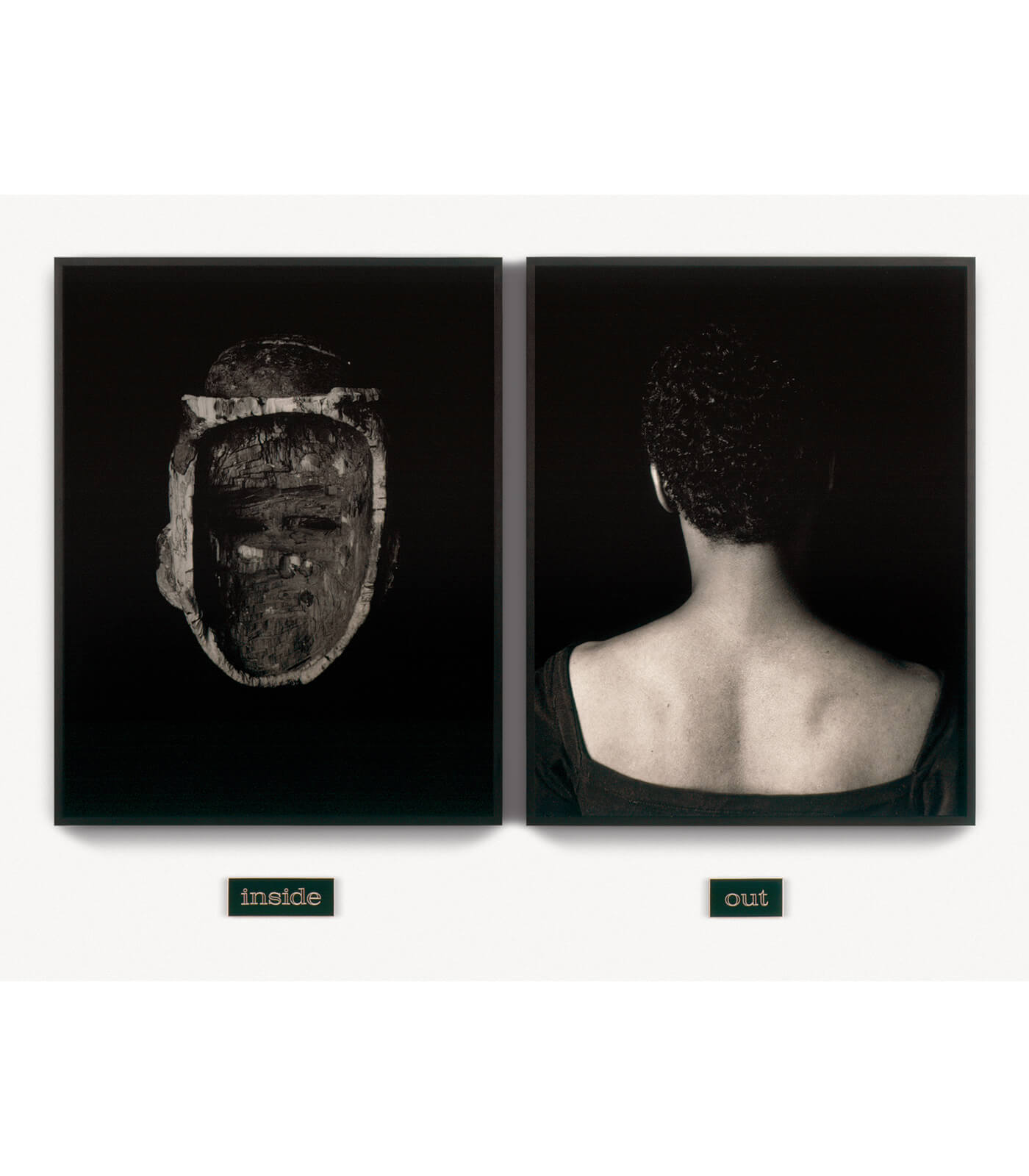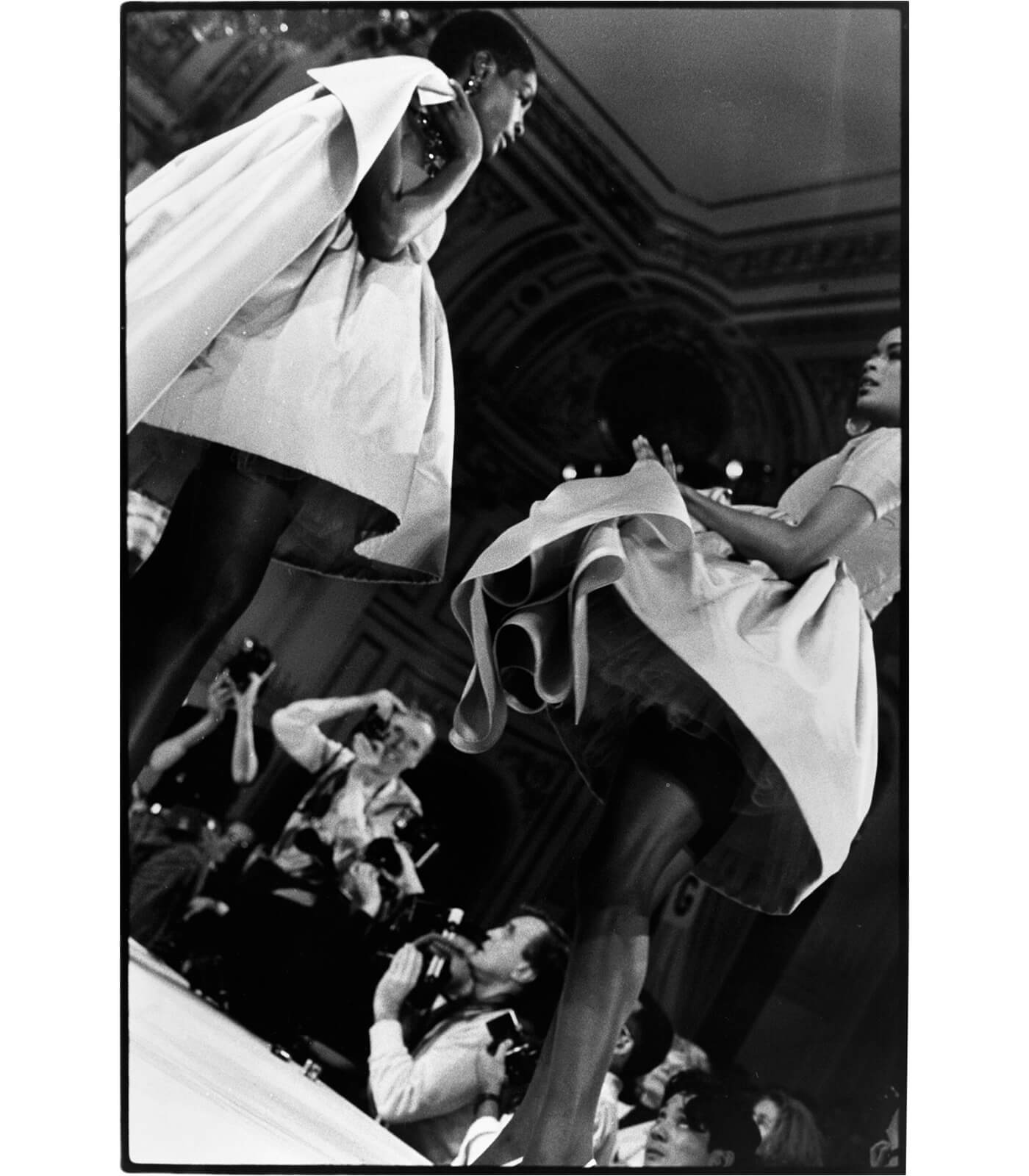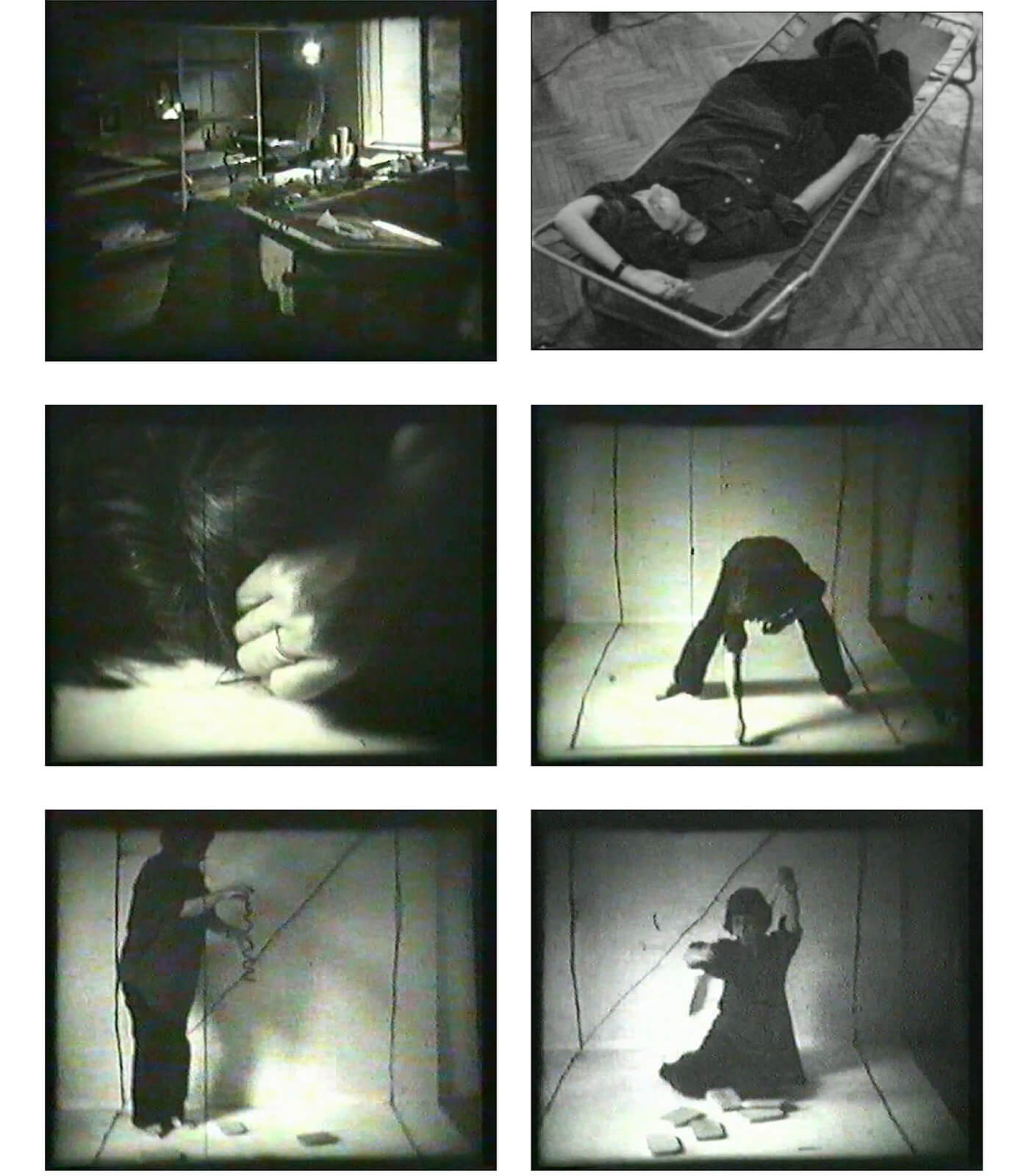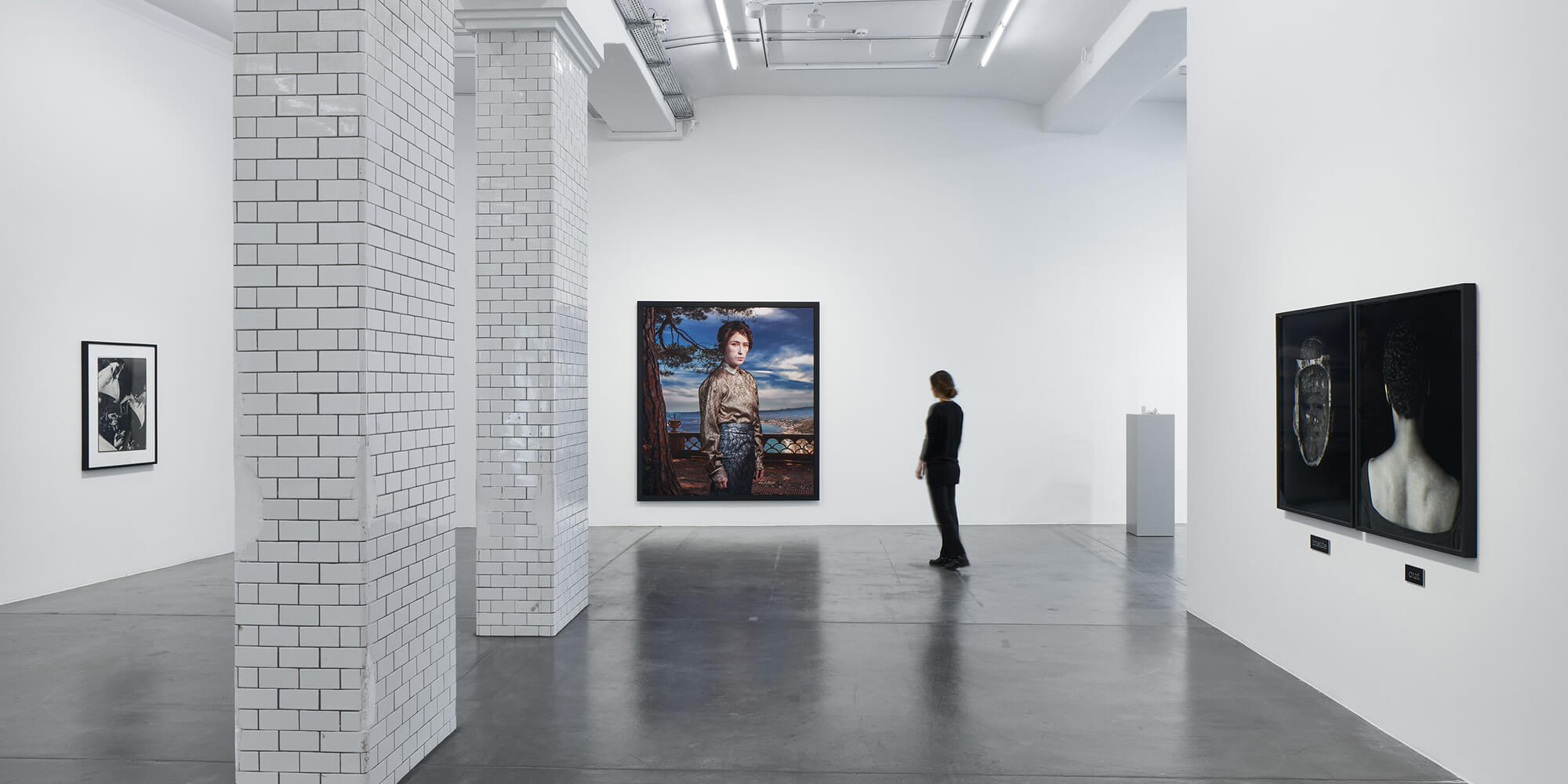
Seventy Years of The Second Sex
24 March – 21 May 2022
Zurich, Limmatstrasse
‘The works on display in this exhibition in some cases appropriate ideas from ‘The Second Sex’. In others, they might illuminate, muddle or complicate them or underscore the blind spots in Beauvoir’s thinking. In all cases, they continue the conversation.’—Dr. Sophie Berrebi
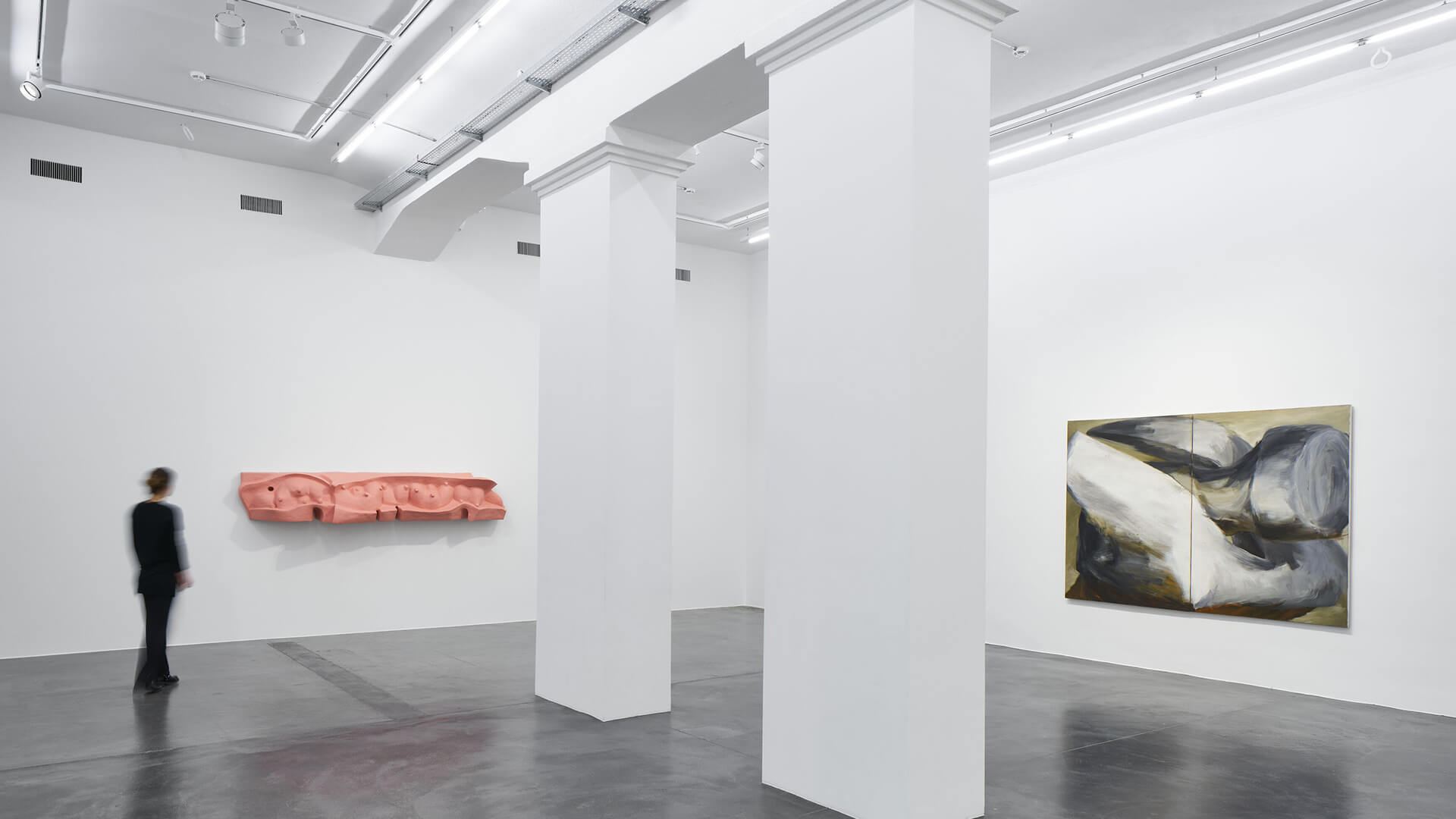
Explore the exhibition
How does Simone de Beauvoir’s 1949 book ‘The Second Sex’ read today for an artist? And how does it affect the way we look at art made since the book was published? This March, Hauser & Wirth brings a group exhibition titled ‘Seventy Years of the Second Sex. A Conversation between Works and Words’ to its gallery on Limmatstrasse in Zurich, to initiate a reflection on Beauvoir’s milestone study with, and through, contemporary art.
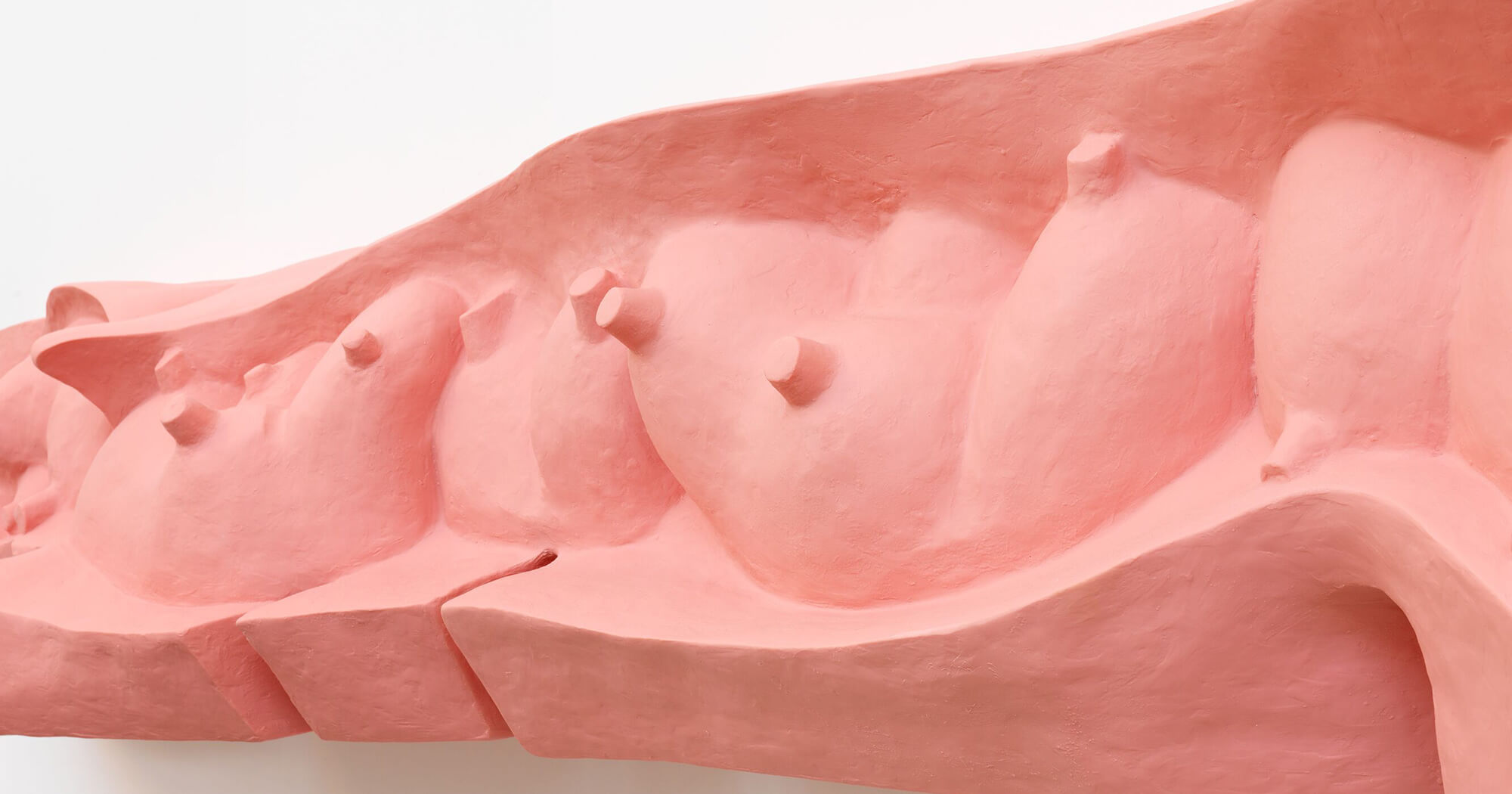
At the dawn of the seventieth anniversary of the book’s first English translation (1953), this exhibition, curated by Dr. Sophie Berrebi, brings together works by Louise Bourgeois, Geta Brătescu, Eva Hesse, Roni Horn, Zoe Leonard, Lee Lozano, Annaïk Lou Pitteloud, Cindy Sherman and Lorna Simpson and that converse with Simone de Beauvoir’s ideas and their legacy.
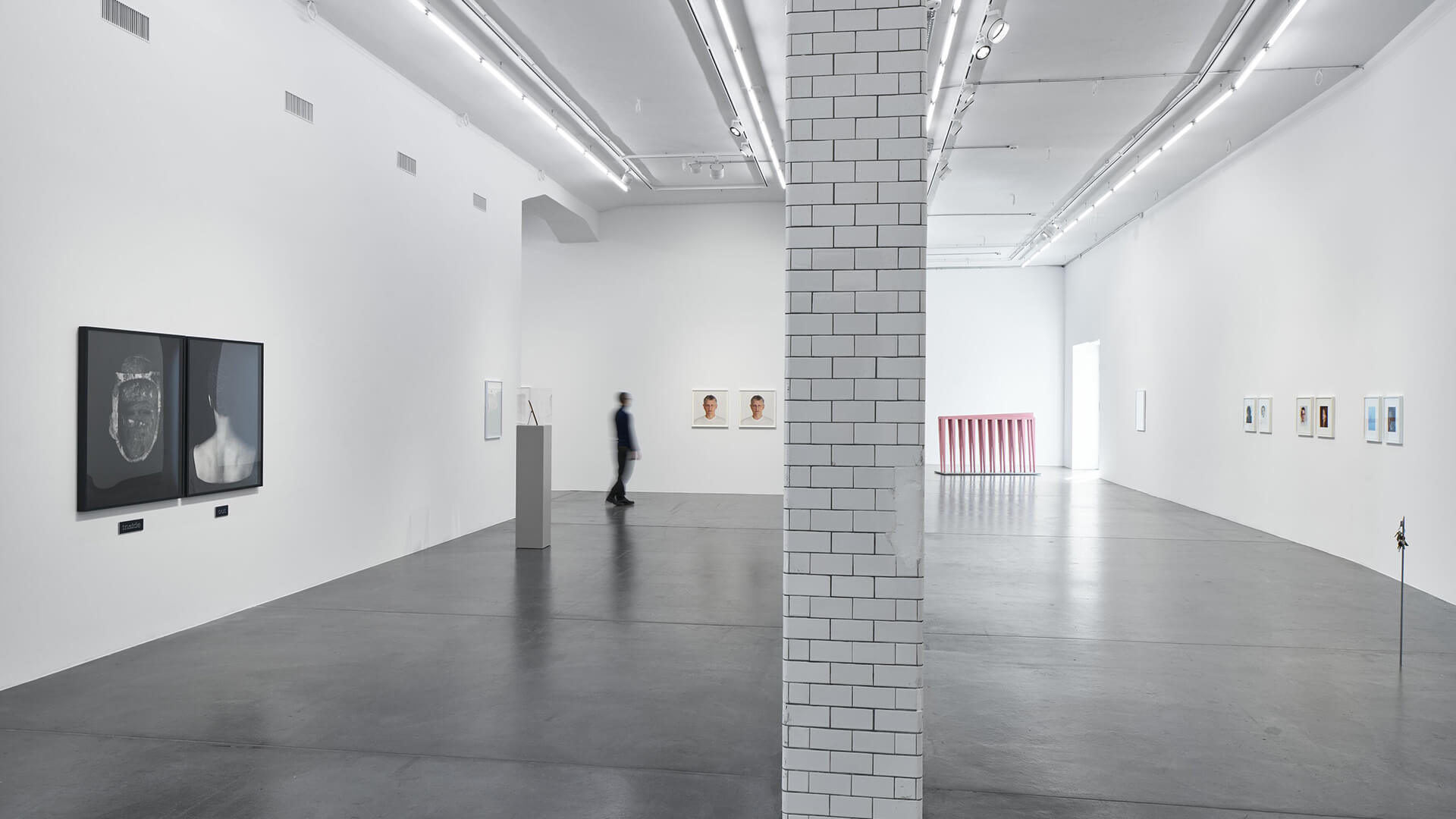
‘The Second Sex’ dissects the ways in which, through history and through stages of personal life, woman is defined within patriarchy, as other. Steeped in existentialism and phenomenology, and drawing on sources from fiction, literary testimonies, sociology and psychoanalysis, the book enacted a dialogue with the civil rights movement, set the stage for the second wave of feminism, and laid the ground for theorisations of gender. Some aspects are inevitably dated, but Beauvoir’s persuasive and implacable exposé of woman’s alienation through mechanisms of social, economic, and psychological domination, remains ultimately a formidable call to action and transformation of society.

While some artists like Hesse and Bourgeois refer directly to Simone de Beauvoir in their personal writings, ‘Seventy Years of The Second Sex, A Conversation Between Works and Words’ presents works that stimulate different interpretations of Beauvoir’s words. These interpretations are articulated through a direct engagement with themes of ‘The Second Sex’ such as domestic alienation, identity, dressing up, patriarchy or the strife between immanence and transcendence. Eve Hesse’s painting ‘No title’ (c. 1960) is part of her very private series ‘Spectres’ that Hesse did not exhibit during her lifetime. In the works from this series, she ‘paints herself out,’ working through form and material in an act of vulnerable and even painful introspection.

Louise Bourgeois’ sculpture ‘Femme Maison’ (1994), features a woman’s figure with a house in place of the head and can be read as a direct statement about the woman being boxed into in household activities. Bourgeois’ initial ‘Femme Maison’, a series of drawings fusing architecture and the female figure, appeared in the mid-40s, one of which is also featured in this exhibition. Lee Lozano’s tool drawings and paintings, made in 1963 and 1964, can be understood as critiques of both sexual and art world decorum at a moment when the feminist movement had yet to coalesce and actively question either. These works also allowed Lozano to explore her own womanhood and her individuality as an artist at a moment when gender roles were being radically redefined.
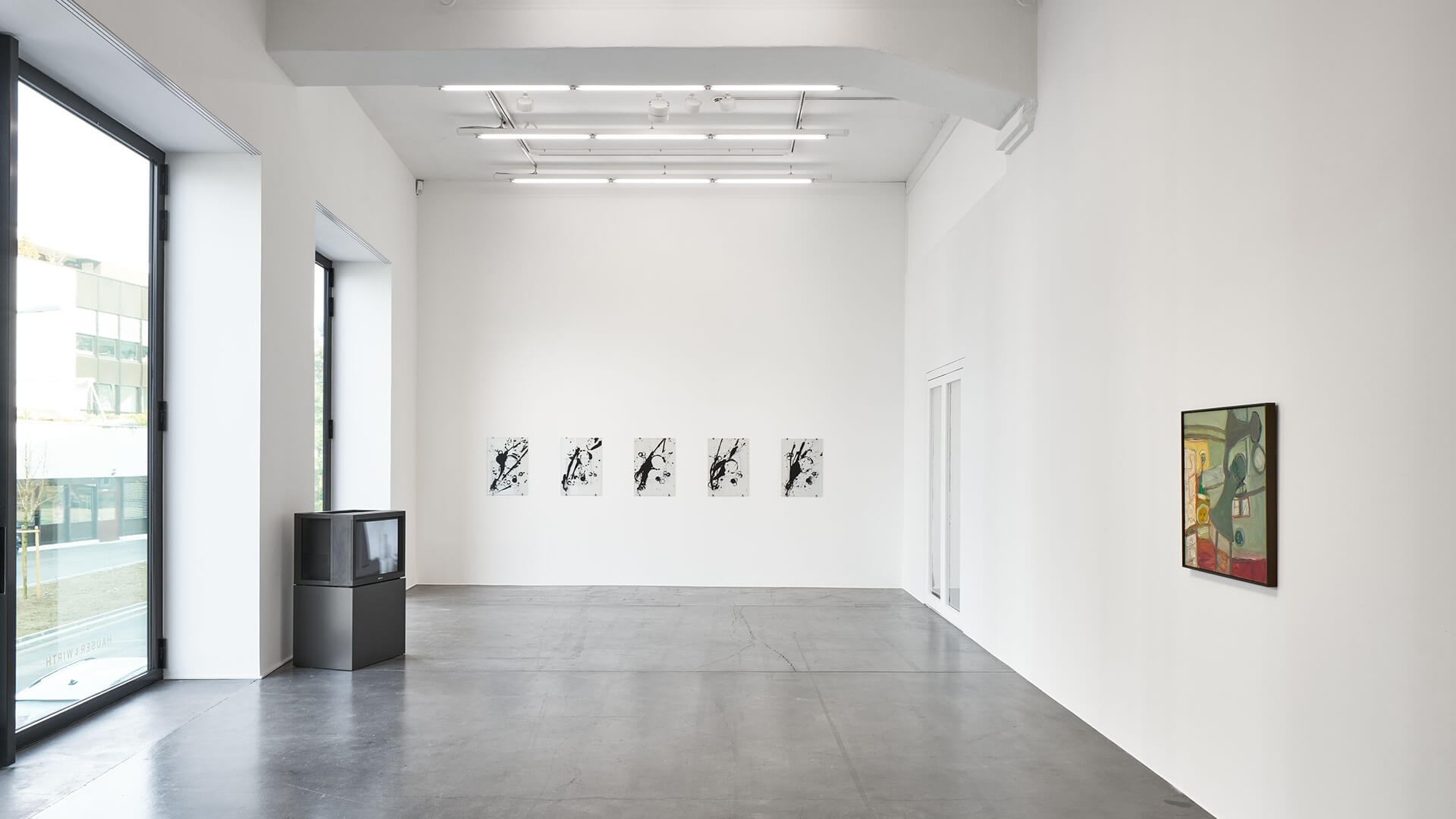
The far-reaching influence of the book means that it can been ‘read’ in a variety of ways. One of these is through the writing of subsequent generations of scholars whose work take ‘The Second Sex’ as reference or departure point, such as Linda Nochlin and Judith Butler. Whether or not they engage with Beauvoir’s words directly, the works brought together in this exhibition all speak to her ideas and her intellectual legacy.
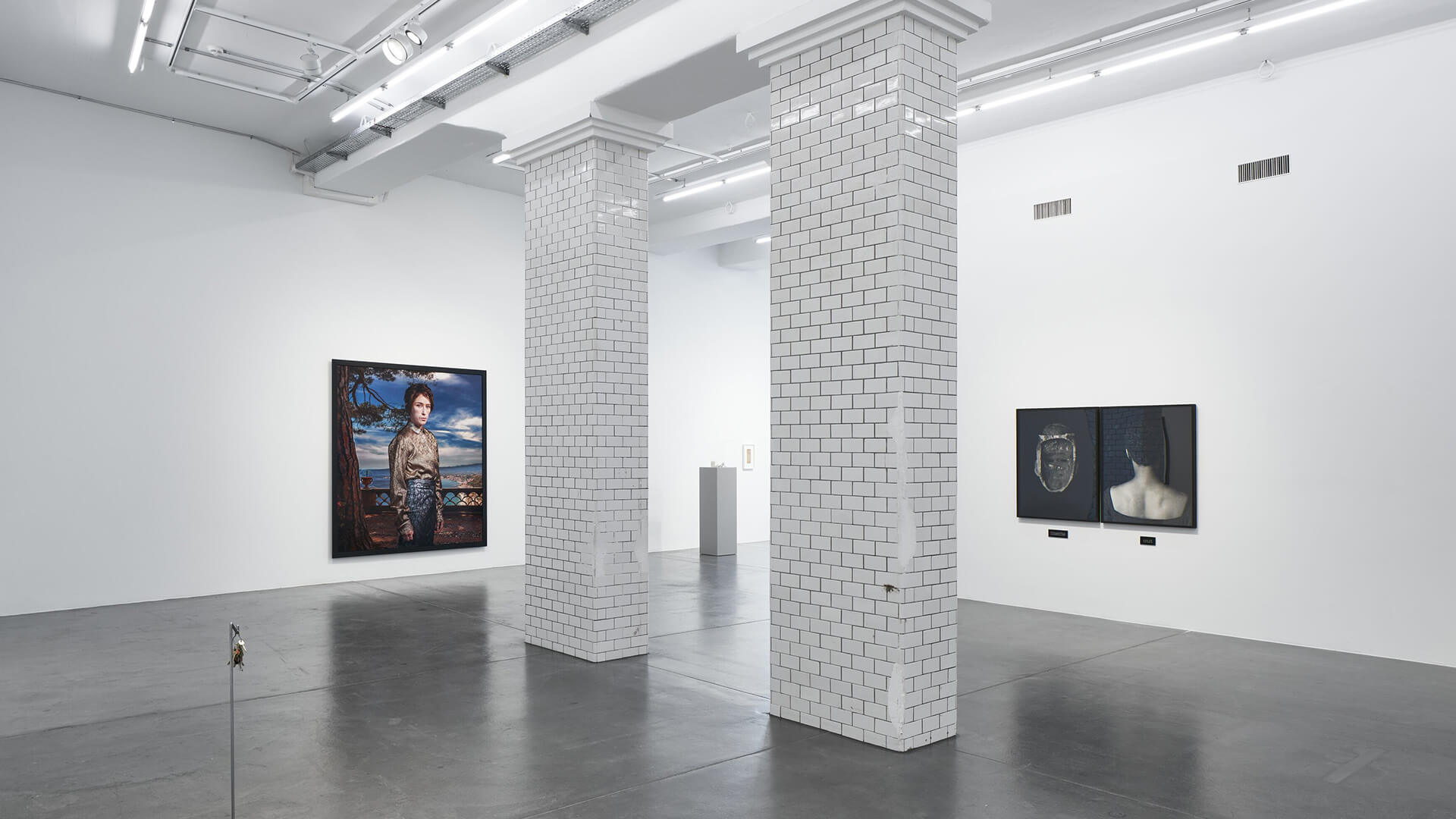
In ‘Vantage Point’ (1991) Lorna Simpson juxtaposes a verso portrait with that of a face mask, alluding to an African heritage without declaring it. The impassive figure encapsulates Simpson‘s opposition to the way the black and female body historically has been represented as a system of regressive biological signs. The turned-back figure resits interpretation precisely because its primary meaning actually is resistance of the physical characteristics of gender and race.

About Dr. Sophie Berrebi
Dr. Sophie Berrebi is an author, exhibitions curator and art historian. She is an associate professor in the history of art at the University of Amsterdam where she teaches and researches photography, fashion, and contemporary art. She has curated exhibitions for museums and galleries including the Stedelijk Museum, Amsterdam and Hauser & Wirth Zürich, where she organised ‘Jean Dubuffet and the City’ (2018). Alongside numerous articles and essays, she is the author of ‘The Shape of Evidence. Contemporary Art and the Document’ (Valiz, 2015), and ‘Dubuffet and the City’. People, Place and Urban Space’ (H&W Publishers, 2018), which received the 2019 Richard Schlagman award for best book of art history. Her first novel, ‘The Sharing Economy’ will be published by Scribner (Simon & Schuster) in 2023.
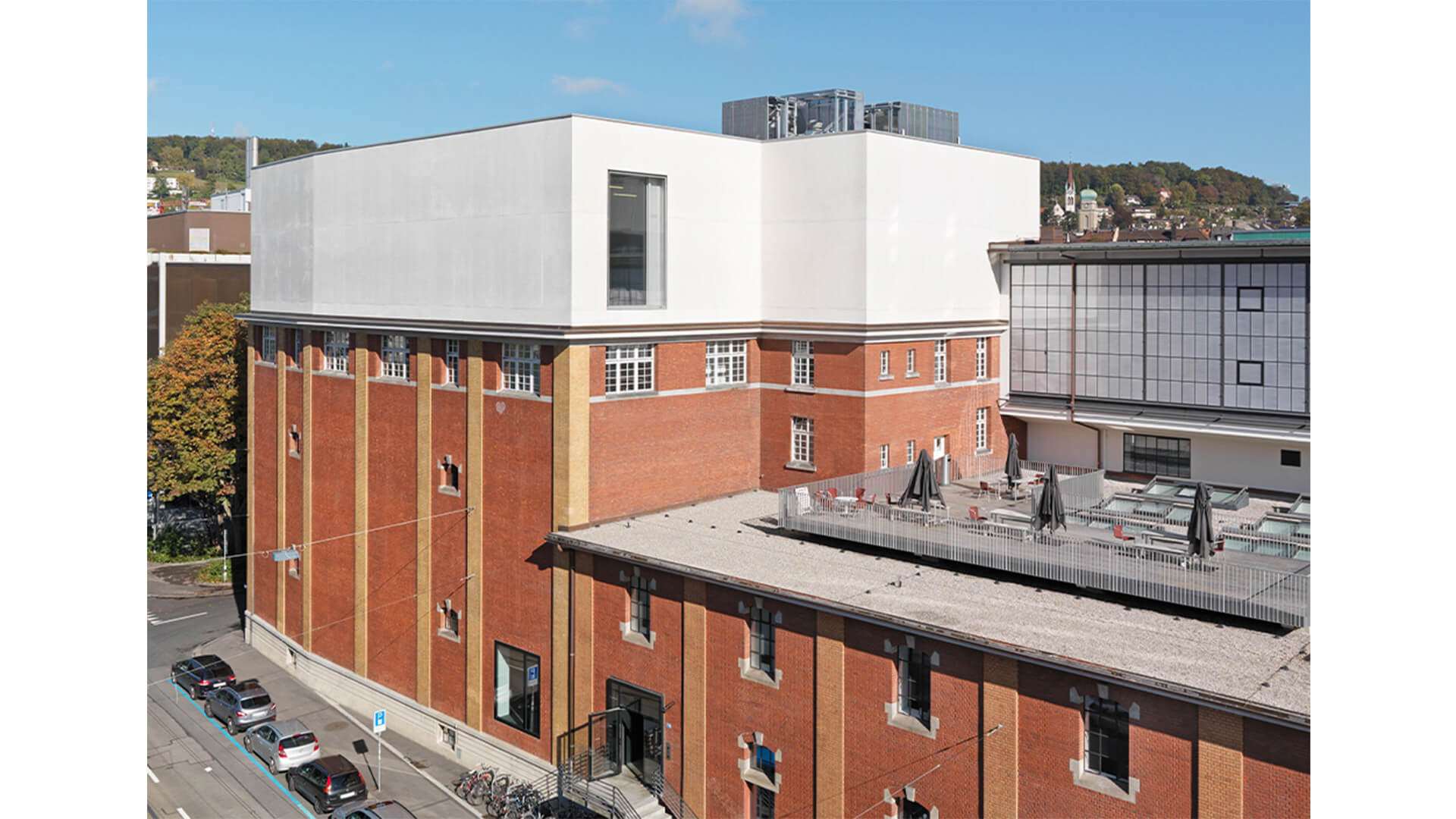
On view in Zurich, Limmatstrasse
The gallery is open Tue – Fri, 11 am – 6 pm, Sat, 11 am – 5 pm. Please visit our location page to plan your visit.
About the Artists
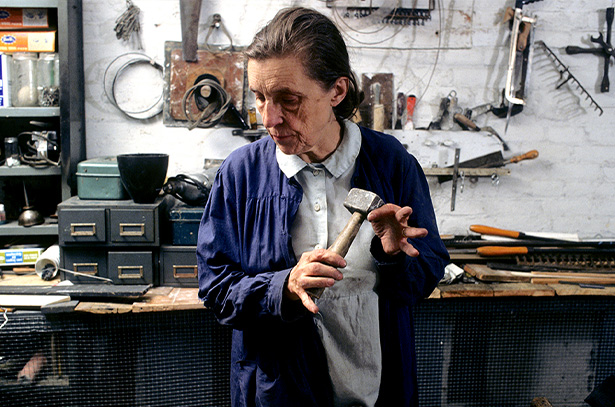
Louise Bourgeois
Born in France in 1911, and working in America from 1938 until her death in 2010, Louise Bourgeois is recognized as one of the most important and influential artists of our time. For over seven decades, Bourgeois’s creative process was fueled by an introspective reality, often rooted in cathartic re-visitations of early childhood trauma and frank examinations of female sexuality. Articulated by recurrent motifs (including body parts, houses and spiders), personal symbolism and psychological release, the conceptual and stylistic complexity of Bourgeois’s oeuvre—employing a variety of genres, media and materials—plays upon the powers of association, memory, fantasy, and fear.
Bourgeois’s work is inextricably entwined with her life and experiences: fathoming the depths of emotion and psychology across two- and three-dimensional planes of expression. ‘Art,’ as she once remarked in an interview, ‘is the experience, the re-experience of a trauma.’ Arising from distinct and highly individualized processes of conceptualization, Bourgeois's multiplicity of forms and materials enact a perpetual play: at once embedding and conjuring emotions, only to dispel and disperse their psychological grasp. Employing motifs, dramatic colors, dense skeins of thread, and vast variety of media, Bourgeois's distinctive symbolic code enmeshes the complexities of the human experience and individual introspection.
Rather than pursuing formalist concerns for their own sake, Bourgeois endeavored to find the most appropriate means of expressing her ideas and emotions, combining a wide range of materials—variously, fabric, plaster, latex, marble and bronze—with an endless repertoire of found objects. Although her oeuvre traverses the realms of painting, drawing, printmaking, and performance, Bourgeois remains best known for her work in sculpture.
Bourgeois’s early works include her distinct 'Personages' from the late 1940s and early 1950s; a series of free-standing sculptures which reference the human figure and various urban structures, including skyscrapers. The ‘Personages’ served as physical surrogates for the friends and family Bourgeois had left behind in France, while also highlighting an interest in architecture dating back to her childhood. Her installation of these sculptures as clustered ‘environments’ in 1949 and 1950 foreshadowed the immersive encounters of installation art twenty years before the genre’s rise to prominence.
Bourgeois’s work was included in the seminal exhibition ‘Eccentric Abstraction,’ curated by Lucy Lippard for New York's Fischbach Gallery in 1966. Major breakthroughs on the international scene followed with The Museum of Modern Art in New York's 1982 retrospective of her work; Bourgeois's participation in Documenta IX in 1992; and her representation of the United States at the 45th Venice Biennale in 1993.
In 2001, Bourgeois was the first artist commissioned to fill the Tate Modern’s cavernous Turbine Hall. The Tate Modern’s 2007 retrospective of her works, which subsequently traveled to the Centre Pompidou in Paris; The Guggenheim Museum in New York; The Museum of Contemporary Art in Los Angeles; and The Hirshhorn Museum & Sculpture Garden in Washington D.C., cemented her legacy as a foremost grande dame of late Modernism.
Header image: Louise Bourgeois, ARCHED FIGURE, 1993 © The Easton Foundation/VAGA, NY, Photo: Christopher Burke
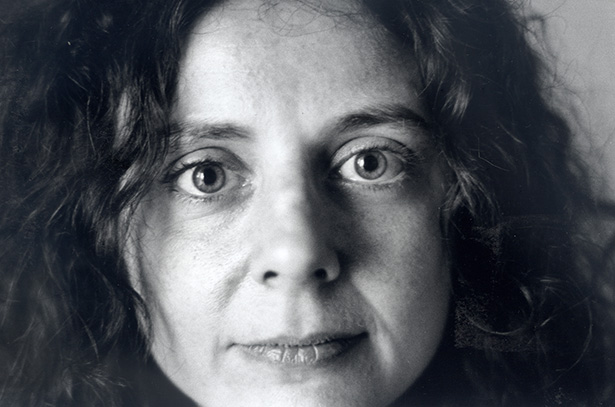
Lee Lozano
Lee Lozano’s paintings are admired for their energy, daring physicality and tirelessness in investigating the body and issues of gender. Although lauded by Lucy Lippard in 1995 as the foremost female conceptual artist of her time, Lozano had disengaged herself from the New York art world completely by the early 1970s. She left behind a body of work of striking formal breadth and complexity. Lozano fought to consolidate her artistic self in a realm void of systems, rules, and group consciousness. She pursued a wholly independent solo studio practice, which culminated in her rejection of the New York art world and a boycott of women. She first refused to attend public art world functions and withdrew from exhibitions, finally relocating to Dallas, Texas. ‘By refusing to speak to women,’ says Helen Molesworth, Chief Curator of LA MOCA, ‘she exposed the systematic and ruthless division of the world into categories of men and women. By refusing to speak to women as an artwork, she also refused the demand of capitalism for the constant production of private property… The strategy of rejection is a powerful one.’
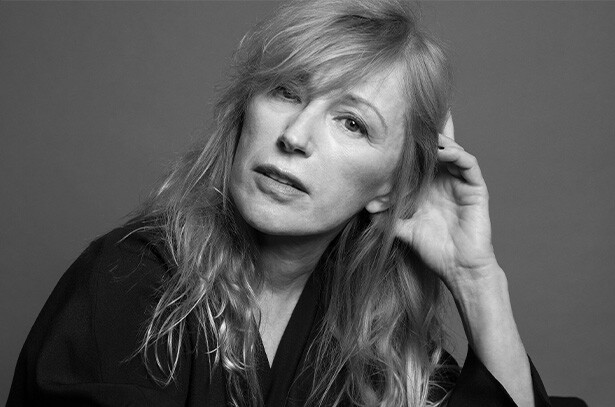
Cindy Sherman
Cindy Sherman was born in 1954 in Glen Ridge, New Jersey; she lives and works in New York. Her ground-breaking photographs have interrogated themes around representation and identity in contemporary media for over four decades. Sherman first turned her attention to photography at Buffalo State College, where she studied art in the early 1970s, and came to prominence in the late 1970s with the Pictures Generation group.
Utilising prosthetics, theatrical effects, photographic techniques and digital technologies, she has channeled and reconstructed familiar personas known to the collective psyche, often in unsettling ways, and has explored the more grotesque aspects of humanity through the lens of horror and the abject. Her later series have also touched on issues from class to aging.

Roni Horn
Roni Horn’s work consistently generates uncertainty to thwart closure in her work. Important across her oeuvre is her longstanding interest to the protean nature of identity, meaning, and perception, as well as the notion of doubling; issues which continue to propel Horn’s practice.
Since the mid-1990s, Horn has been producing cast-glass sculptures. For these works, colored molten glass assumes the shape and qualities of a mold as it gradually anneals over several months. The sides and bottom of the resulting sculpture are left with the rough translucent impression of the mold in which it was cast. By stark contrast, the top surface is fire-polished and slightly bows like liquid under tension. The seductively glossy surface invites the viewer to gaze into the optically pristine interior of the sculpture, as if looking down on a body of water through an aqueous oculus. Exposed to the reflections from the sun or to the shadows of an overcast day, Horn’s glass sculpture relies upon natural elements like the weather to manifest her binary experimentations in color, weight and lightness, solidity and fluidity. The endless subtle shifts in the work’s appearance place it in an eternal state of mutability, as it refuses a fixed visual identity. Begetting solidity and singularity, the changing appearance of her sculptures is where one discovers meaning and connects her work to the concept of identity.
For Horn, drawing is a primary activity that underpins her wider practice. Her intricate works on paper examine recurring themes of interpretation, mirroring and textual play, which coalesce to explore the materiality of color and the sculptural potential of drawing. Horn’s preoccupation with language also permeates these works; her scattered words read as a stream of consciousness spiralling across the paper. In her ‘Hack Wit’ series, Horn reconfigures idiomatic turns of phrase and proverbs to engender nonsensical, jumbled expressions. The themes of pairing and mirroring emerge as she intertwines not only the phrases themselves but also the paper they are inscribed on, so that her process reflects the content of the drawings. Words are her images and she paints them expressionistically, which—combined with her method—causes letters to appear indeterminate, as if they are being viewed underwater.
Notions of identity and mutability are also explored within Horn’s photography, which tends to consist of multiple pieces and installed as a surround which unfolds within the gallery space. Examples include her series ‘The Selected Gifts, (1974 - 2015),’ photographed with a deceptively affectless approach that belies sentimental value. Here, Horn’s collected treasures float against pristine white backdrops in the artist’s signature serial style, telling a story of the self as mediated through both objects and others—what the artist calls ‘a vicarious self-portrait.’ This series, alongside her other photographic projects, build upon her explorations into the effects of multiplicity on perception and memory, and the implications of repetition and doubling, which remain central to her work.

Zoe Leonard
New York-based artist Zoe Leonard balances rigorous conceptualism with a distinctly personal vision in her work, which merges photography, sculpture, and installation. By employing strategies of repetition, shifting perspectives, and a multitude of printing processes, Leonard’s practice probes the politics of representation and display. Leonard explores themes such as gender and sexuality, loss and mourning, migration, displacement, and the urban landscape. Her photography specifically invites us to contemplate the role that the medium plays in constructing history, and to consider the roots of contemporary photographic culture. More than its focus on any particular subject, however, Leonard’s work encourages the viewer to reconsider the act of looking itself, drawing attention to observation as a complex, ongoing process.
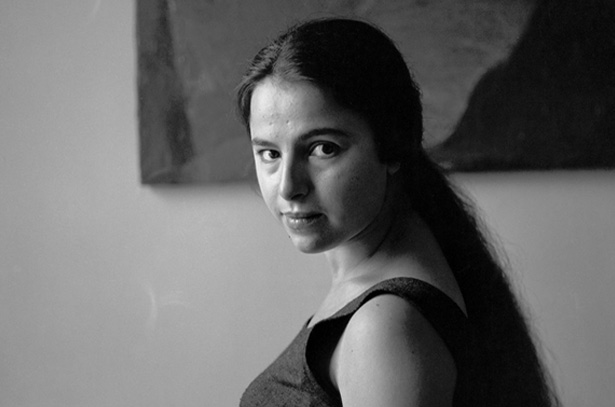
Eva Hesse
Born in Hamburg Germany in 1936, Eva Hesse is one of the icons of American art of the 1960s, her work being a major influence on subsequent generations of artists. Comprehensive solo exhibitions in the past 50 years, as well as a retrospective that toured from the San Francisco Museum of Modern Art to the Museum Wiesbaden in Germany and finally to the Tate Modern in London, have highlighted the lasting interest that her oeuvre has generated. Hesse cultivated mistakes and surprises, precariousness and enigma, to make works that could transcend literal associations. The objects she produced, at times barely present yet powerfully charismatic, came to play a central role in the transformation of contemporary art practice.
In New York in the 1960s, Hesse was one of a group of artists, including Robert Morris, Bruce Nauman, Richard Serra and Robert Smithson, who engaged with materials that were flexible, viscous or soft: latex rubber, plastic, lead, polythene, copper, felt, chicken-wire, dirt, sawdust, paper pulp and glue. Often unstable and subject to alteration, these elements yielded works that were vital in their relativity and mutability. Hesse was aware she produced objects that were ephemeral, but this problem was of less concern to her than the desire to exploit materials with a temporal dimension. Much of the life-affirming power of Hesse’s art derives from this confident embrace of moment. As she stated in an interview with Cindy Nemser for Artforum in 1970, 'Life doesn’t last; art doesn’t last.'
Inquire about available works in ‘Seventy Years of The Second Sex’
Seventy Years of The Second SexA Conversation Between Works and WordsCurated by Dr. Sophie Berrebi–‘Seventy Years of The Second Sex’ is on view now through 21 May 2022 at Hauser & Wirth Zurich, Limmatstrasse.
Related Content
Current Exhibitions
1 / 12

